
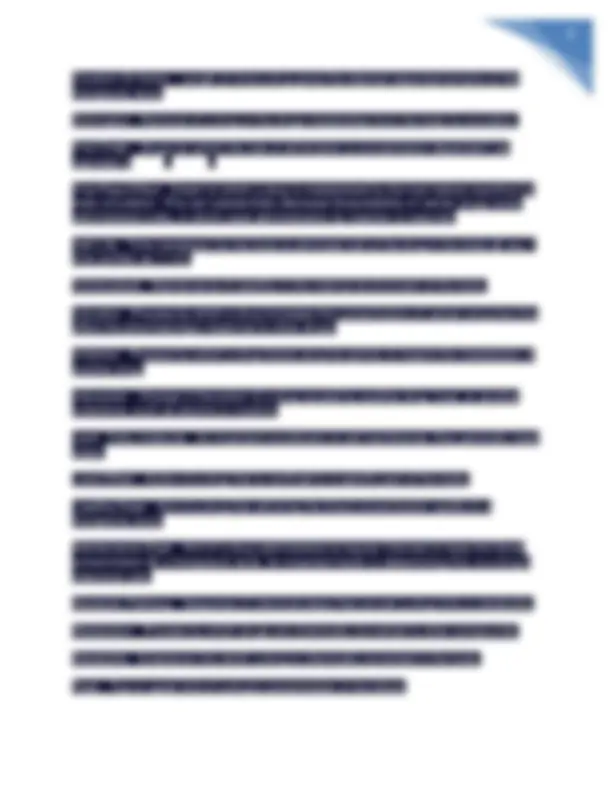
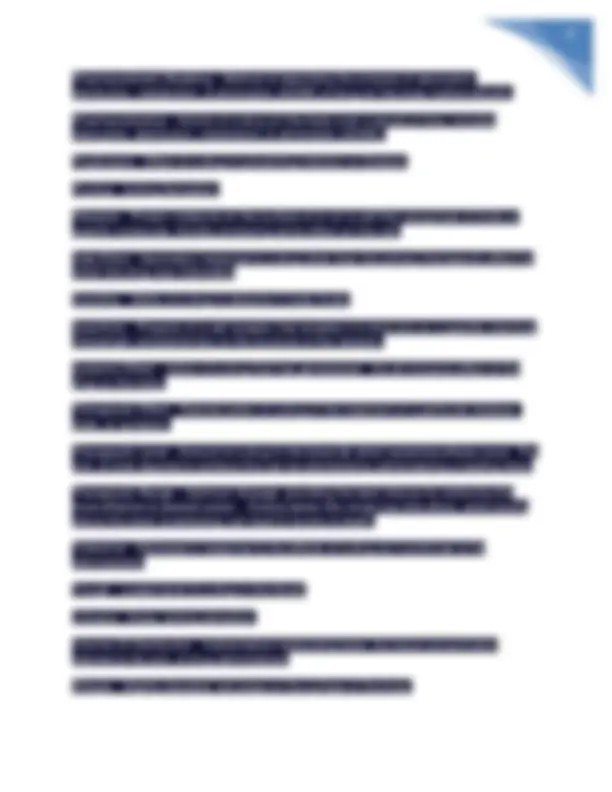
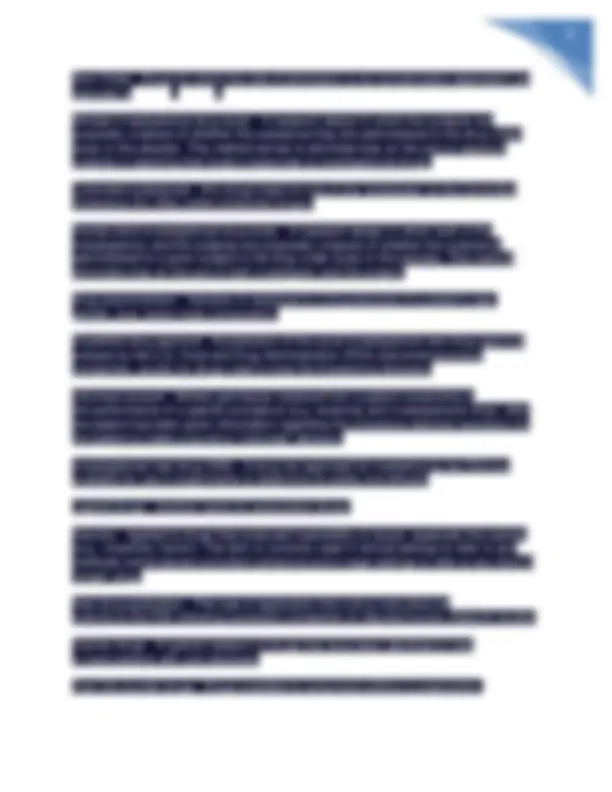
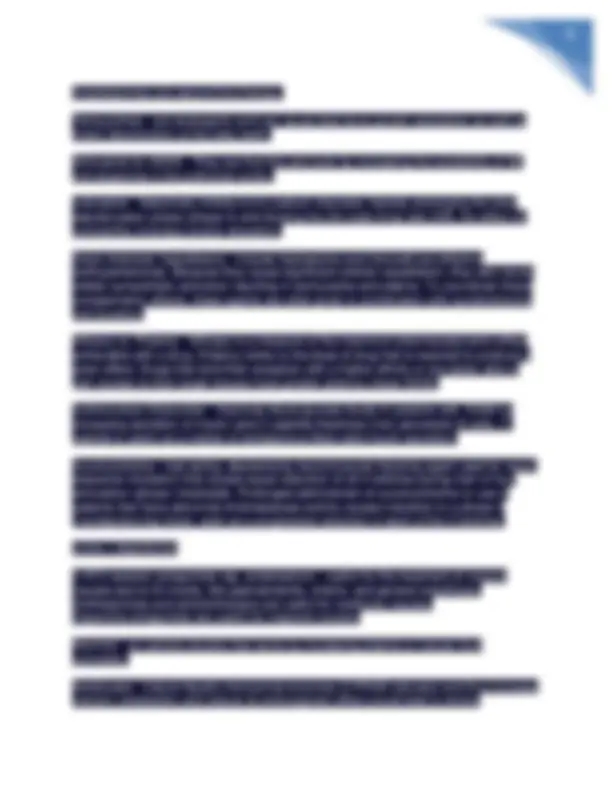
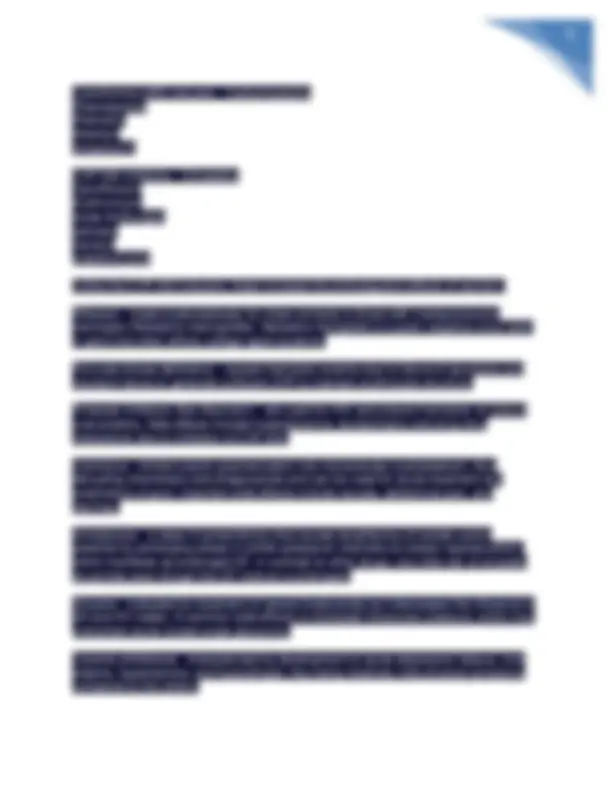
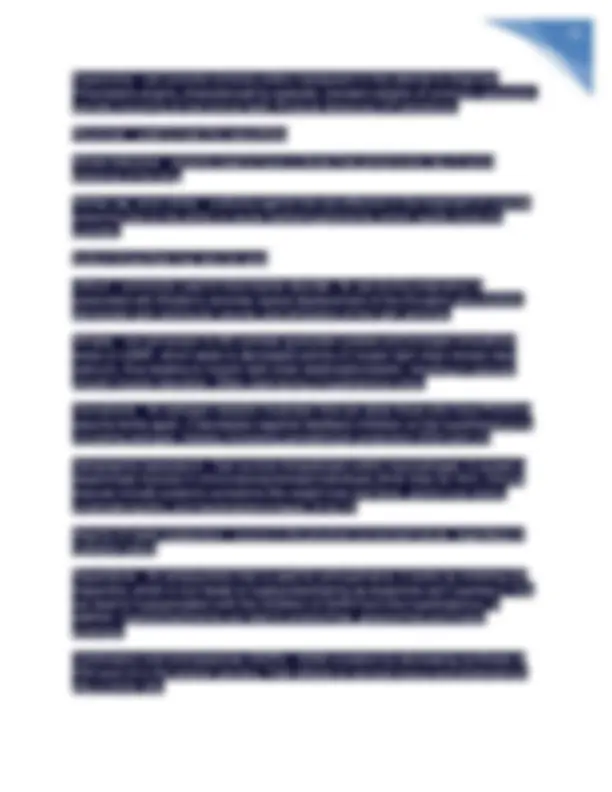
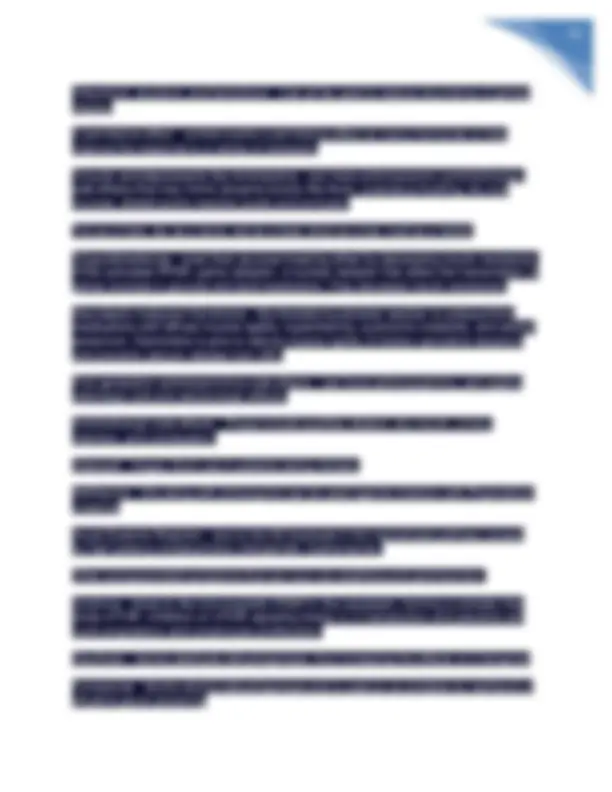
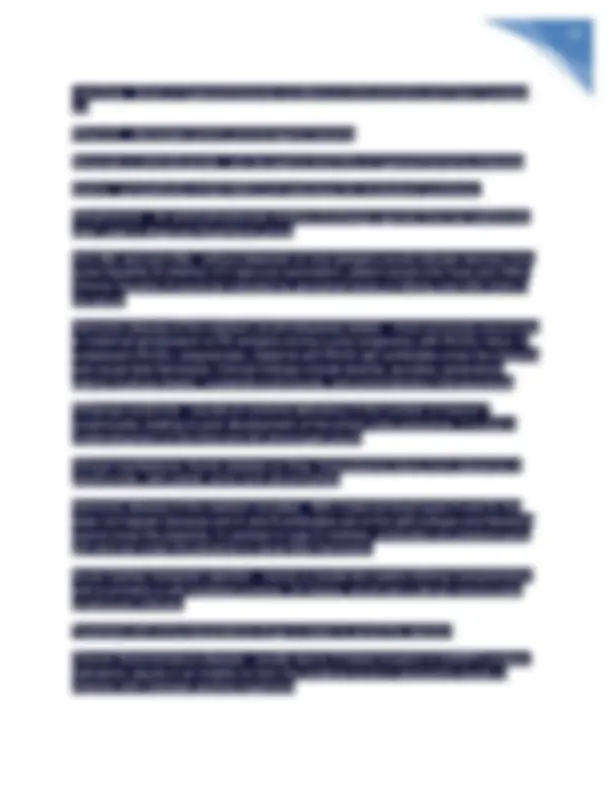
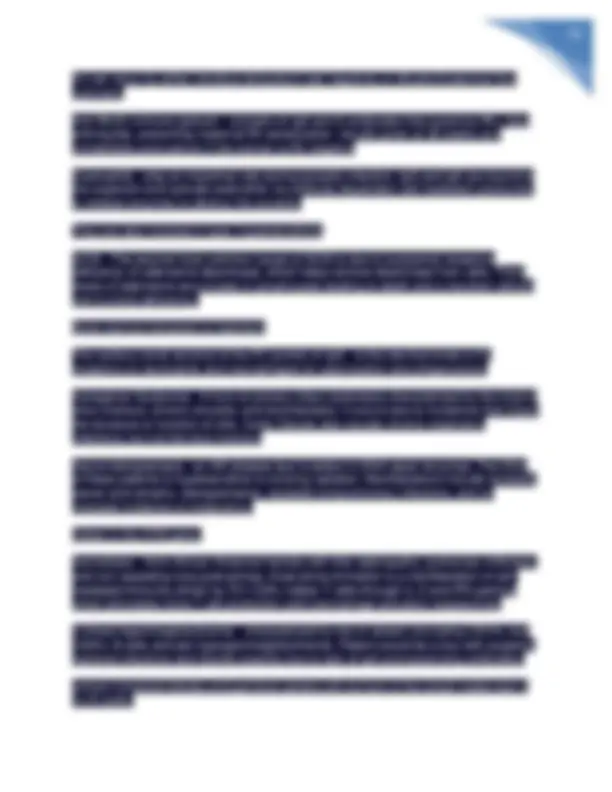
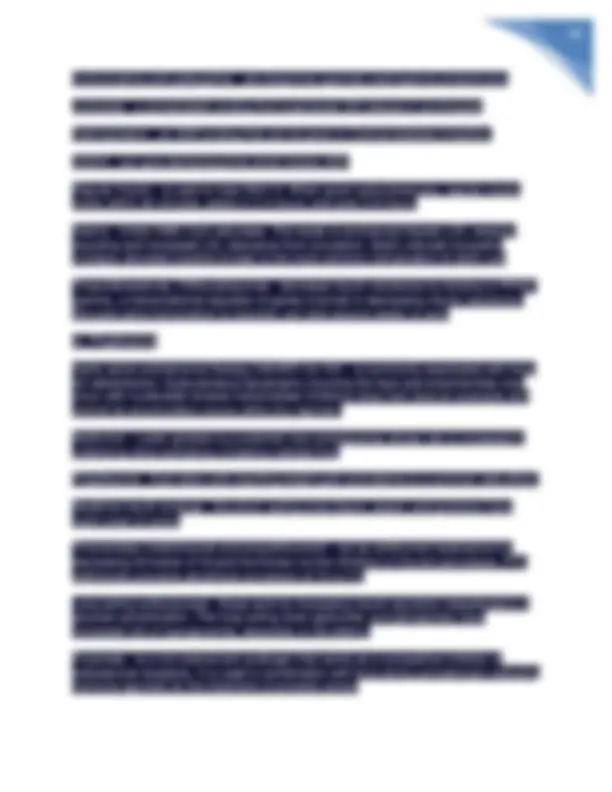
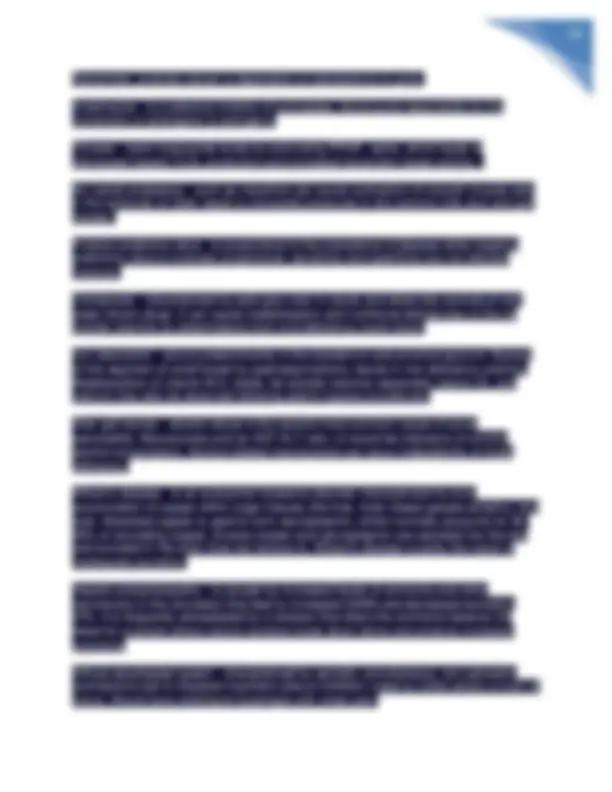
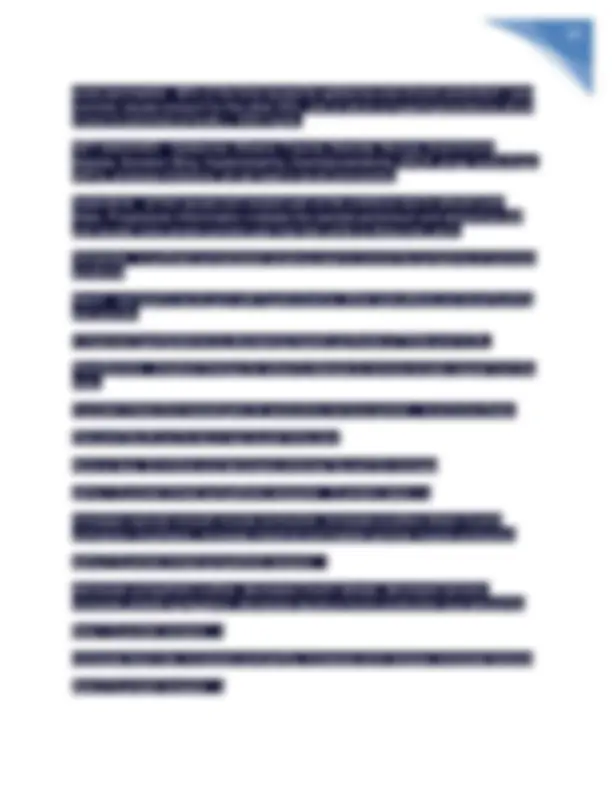
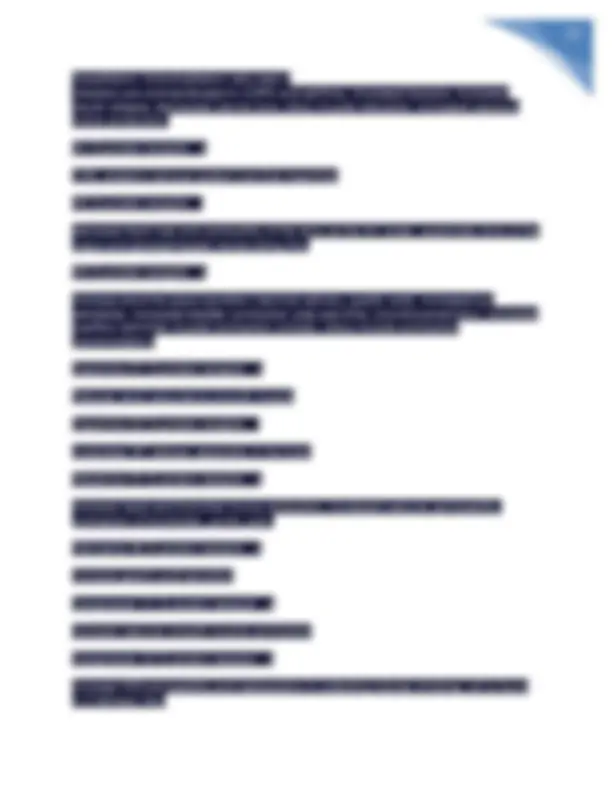
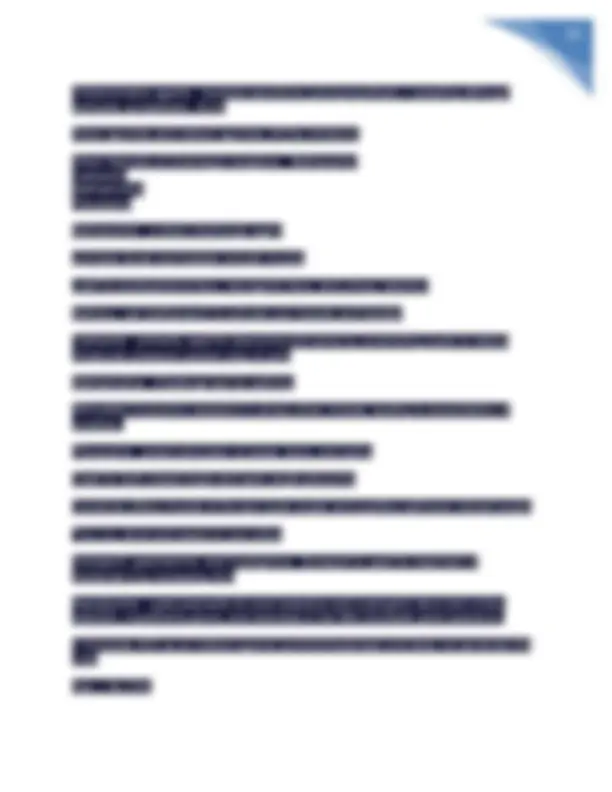
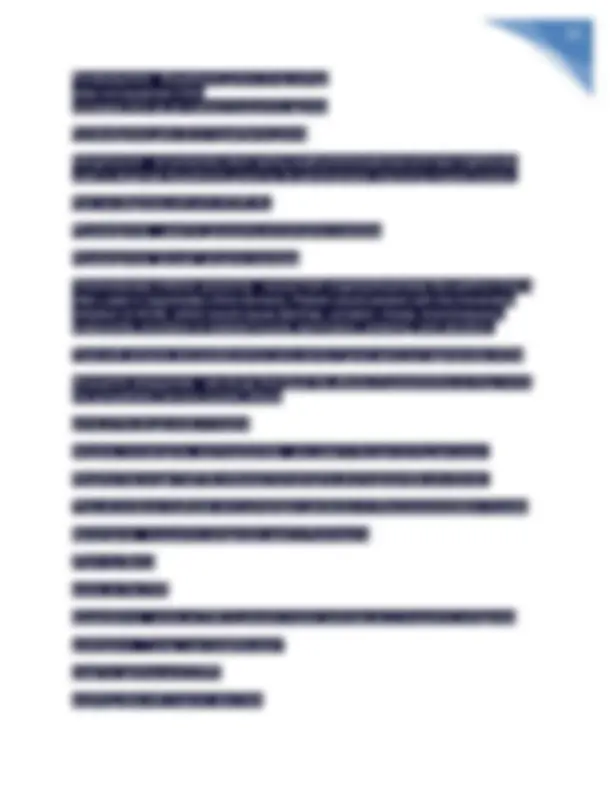
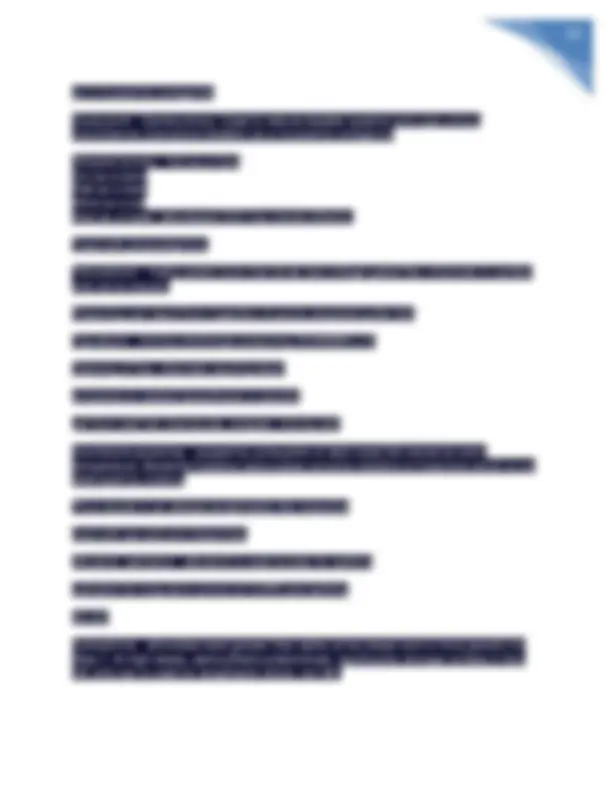
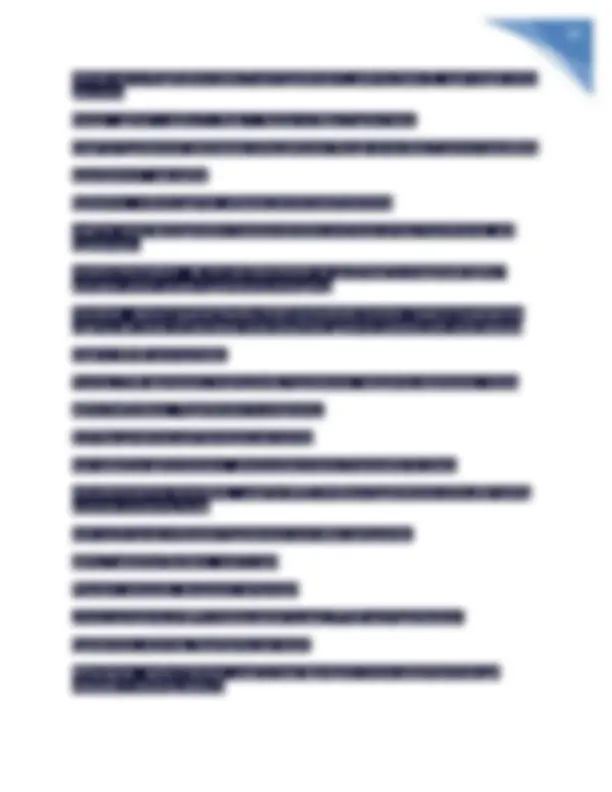
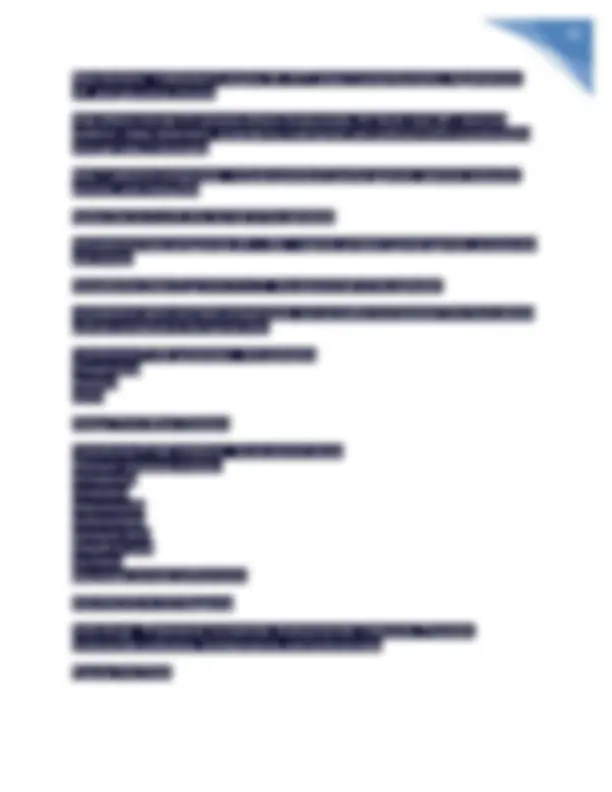
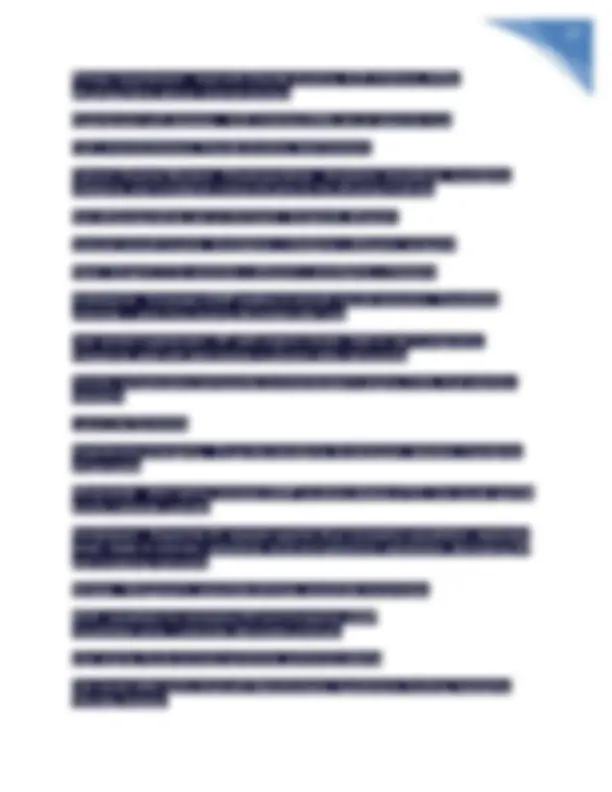
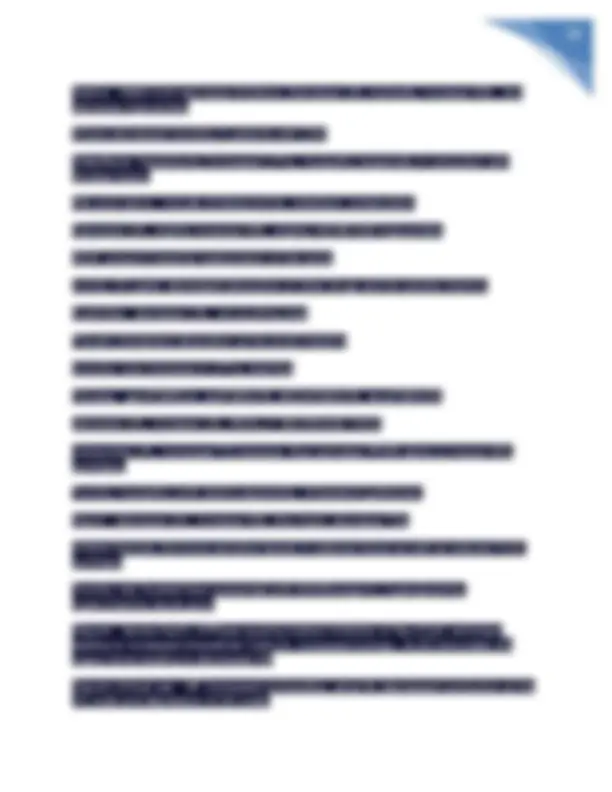
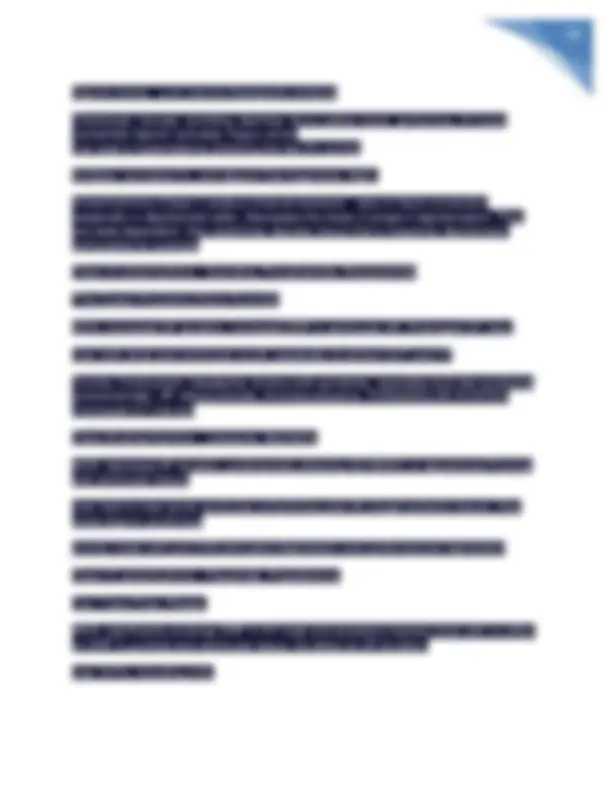
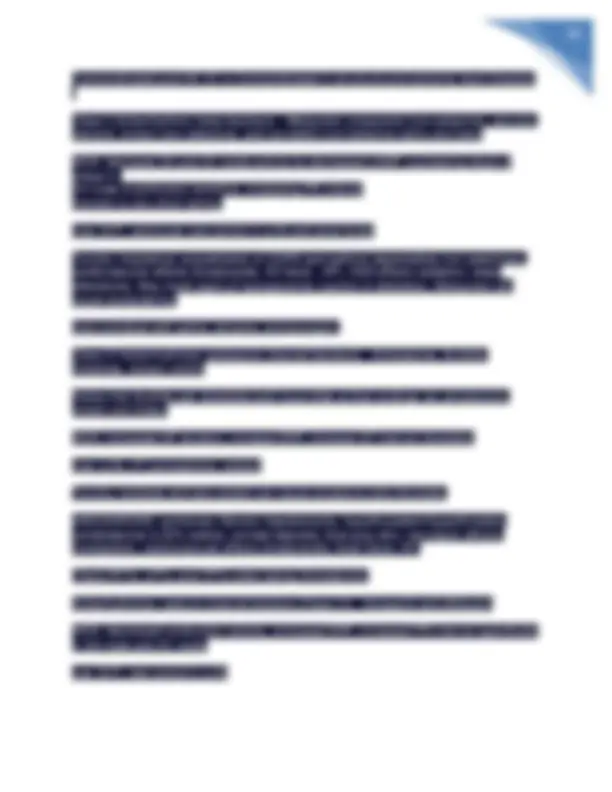
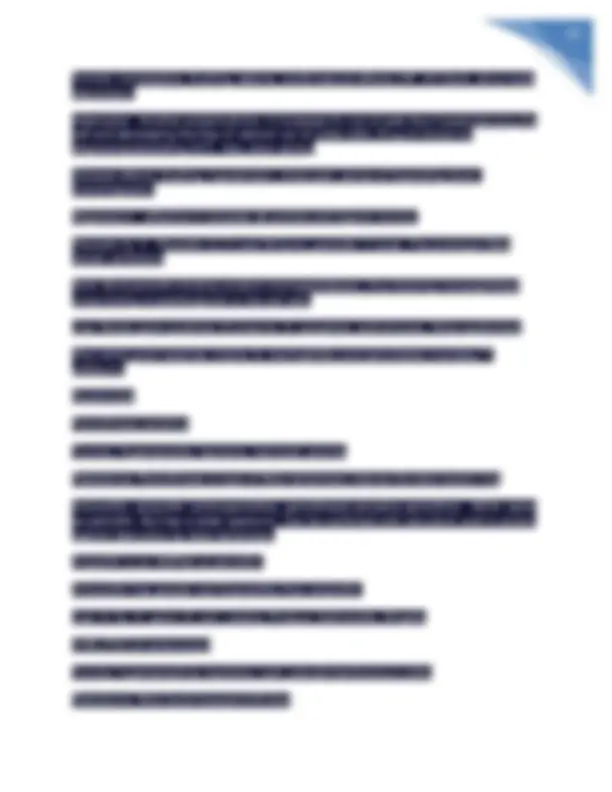
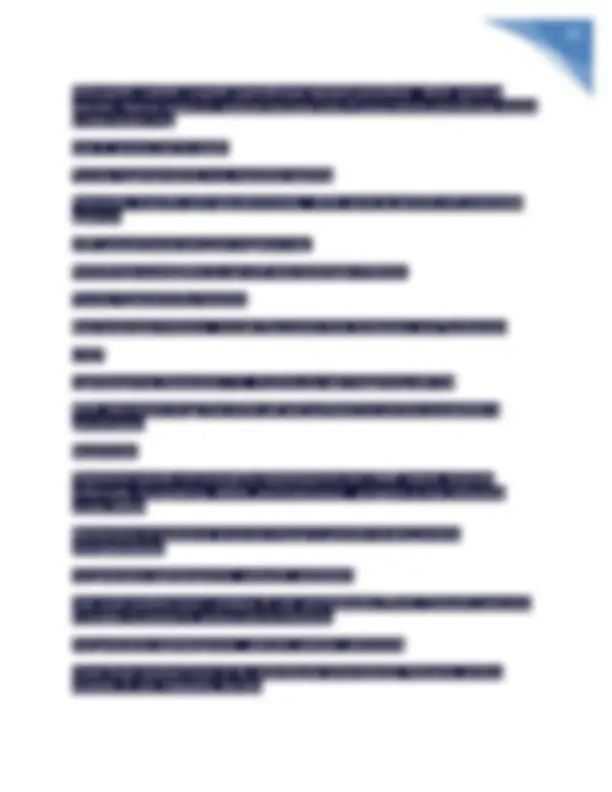
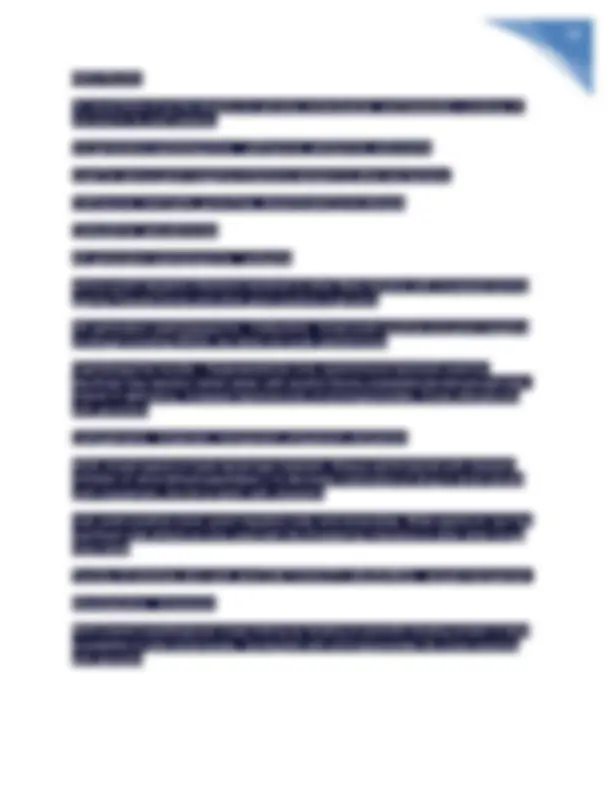
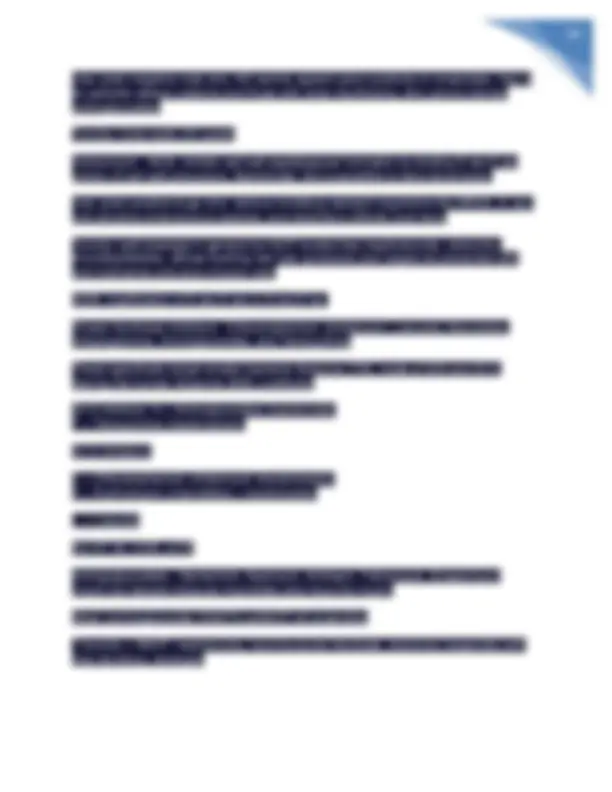
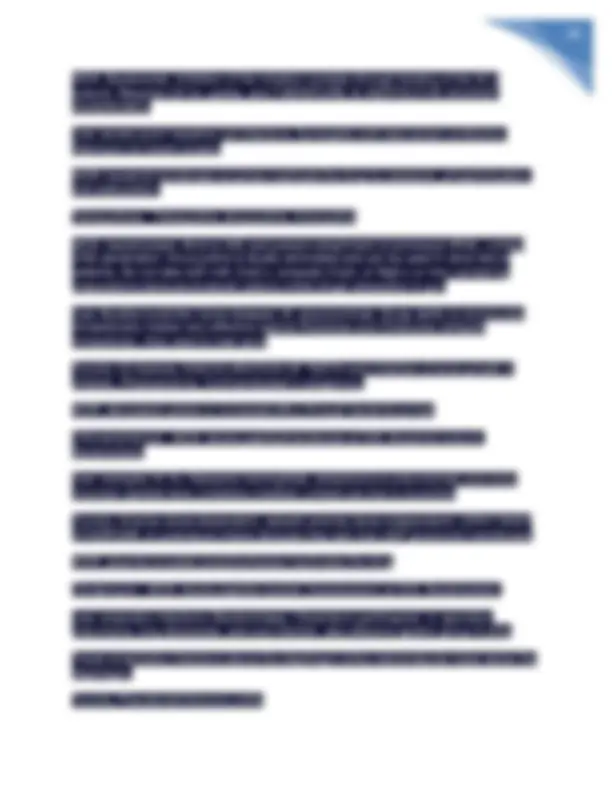
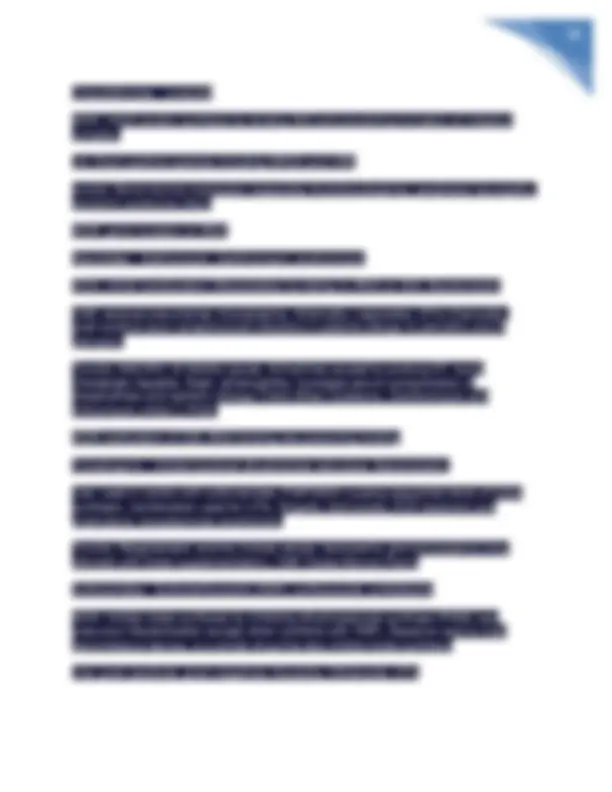
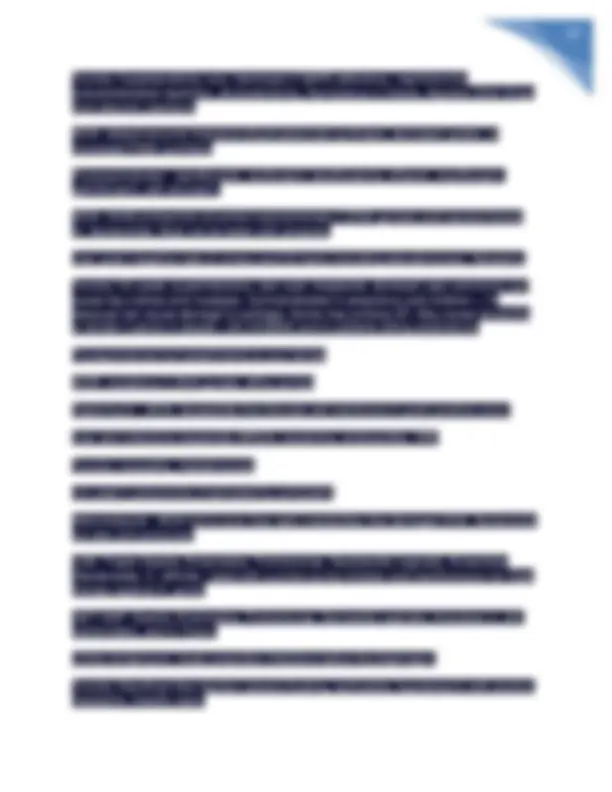
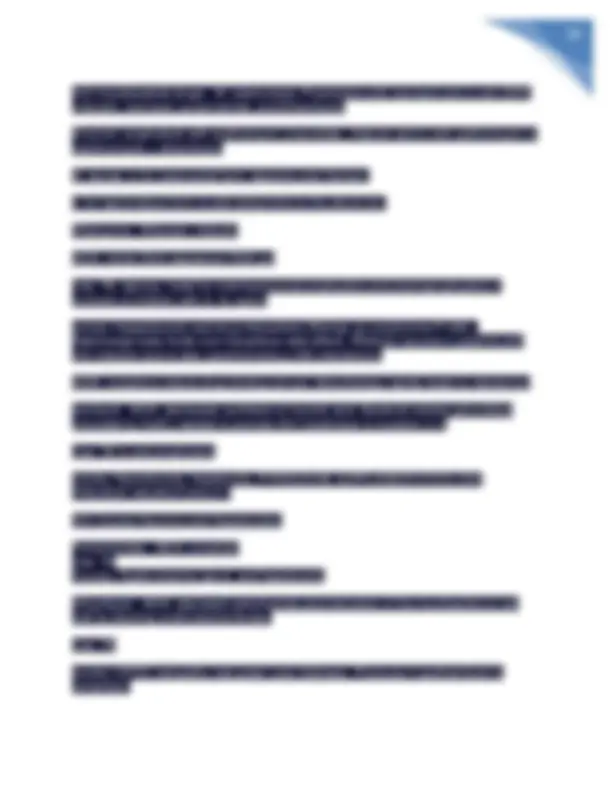
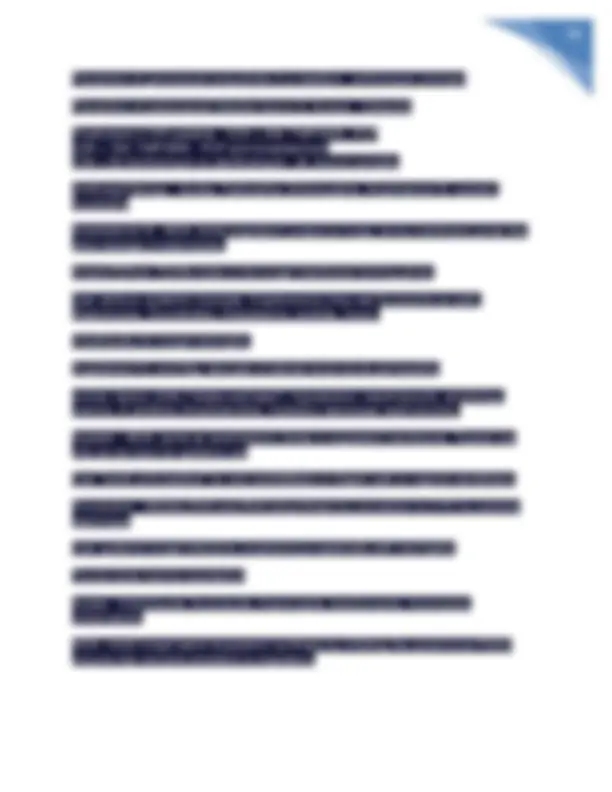
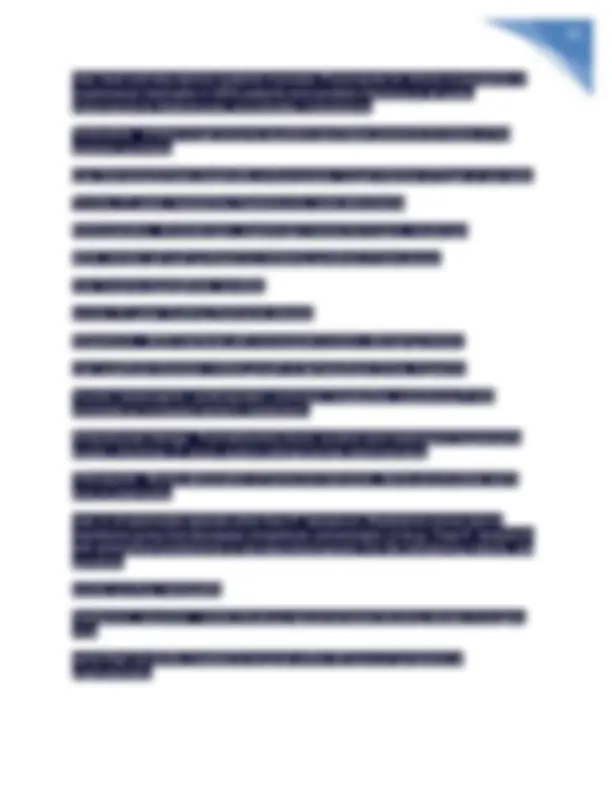
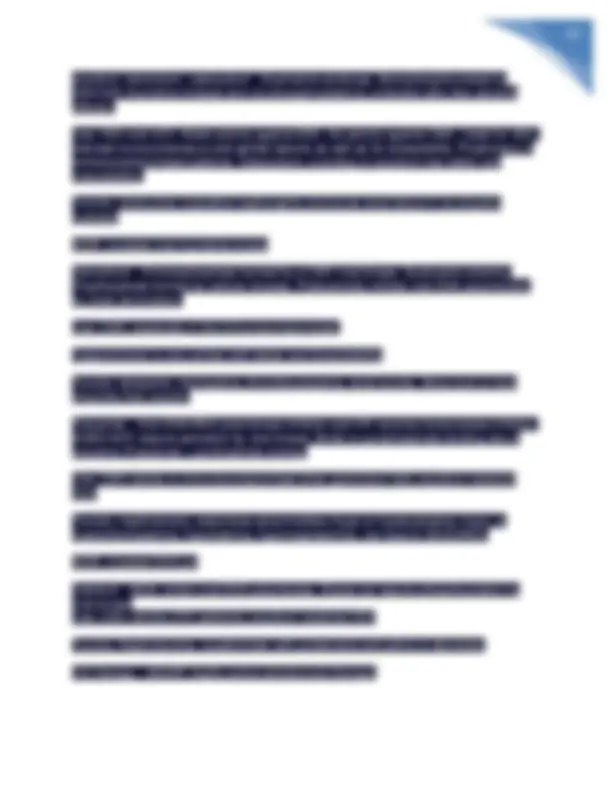
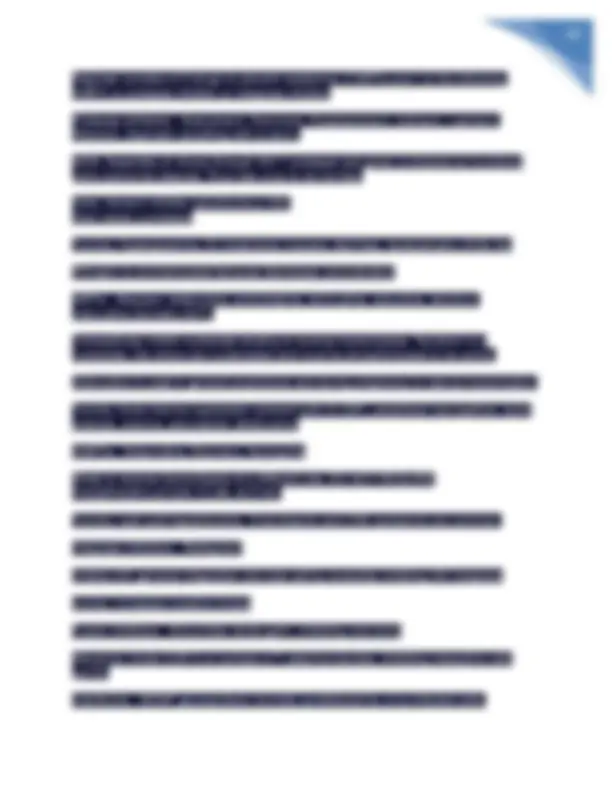
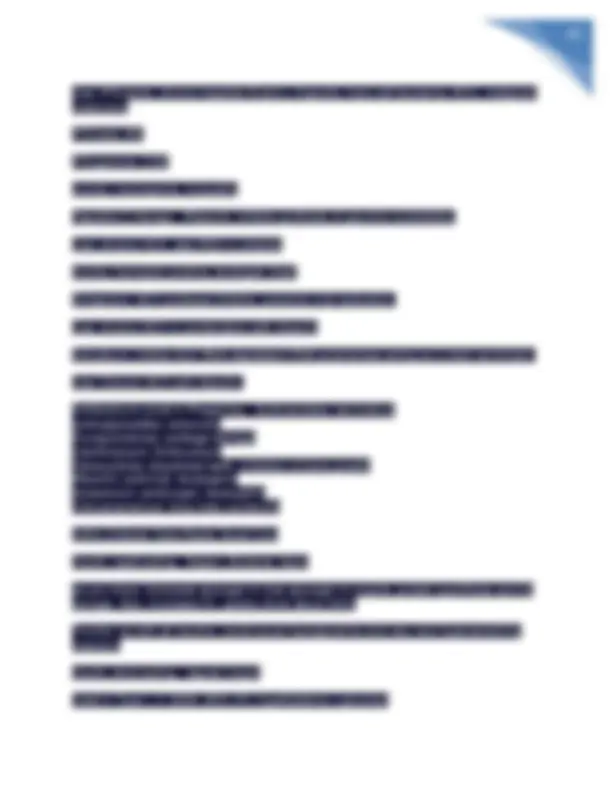
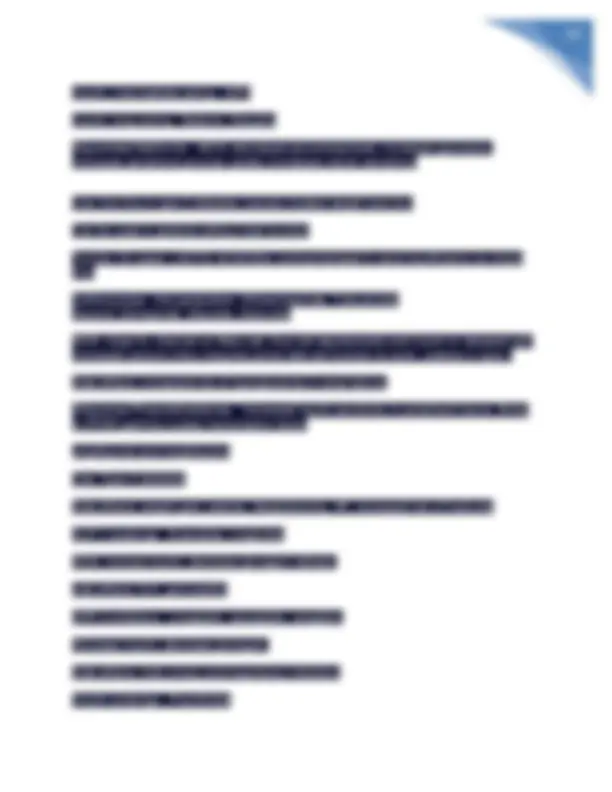
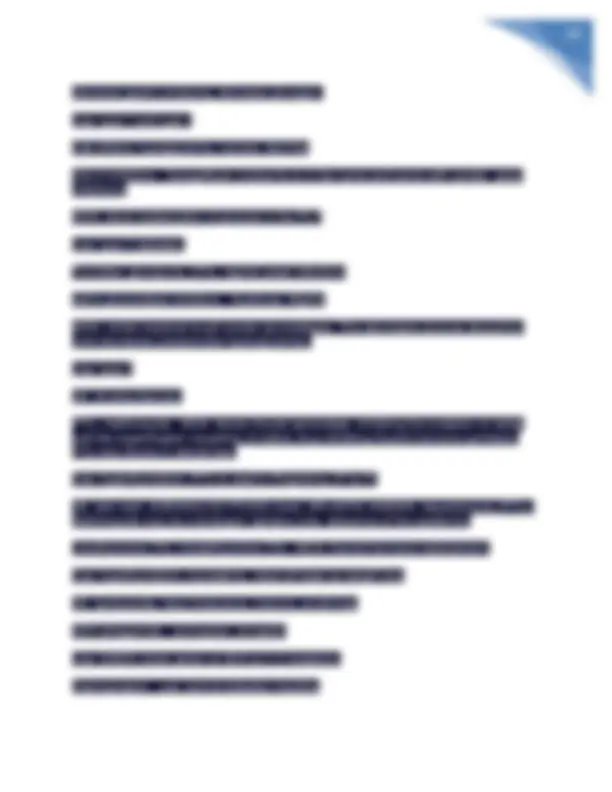
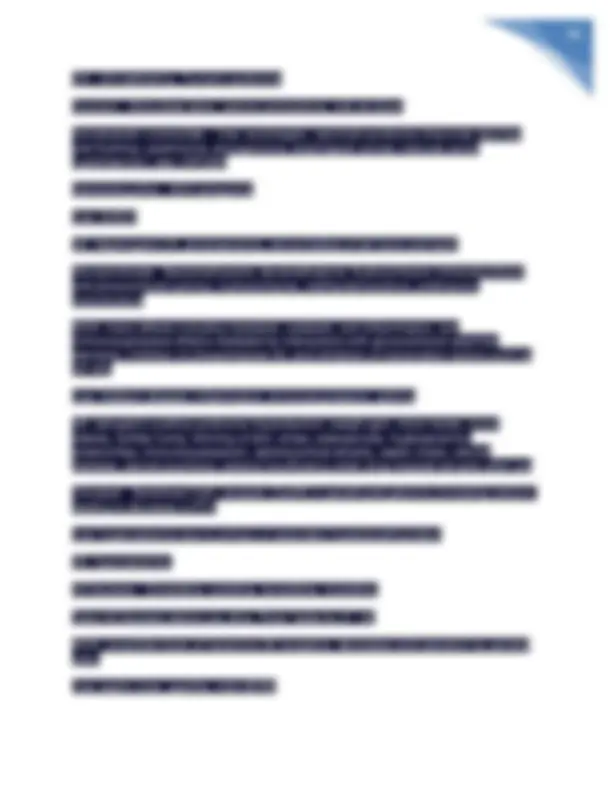
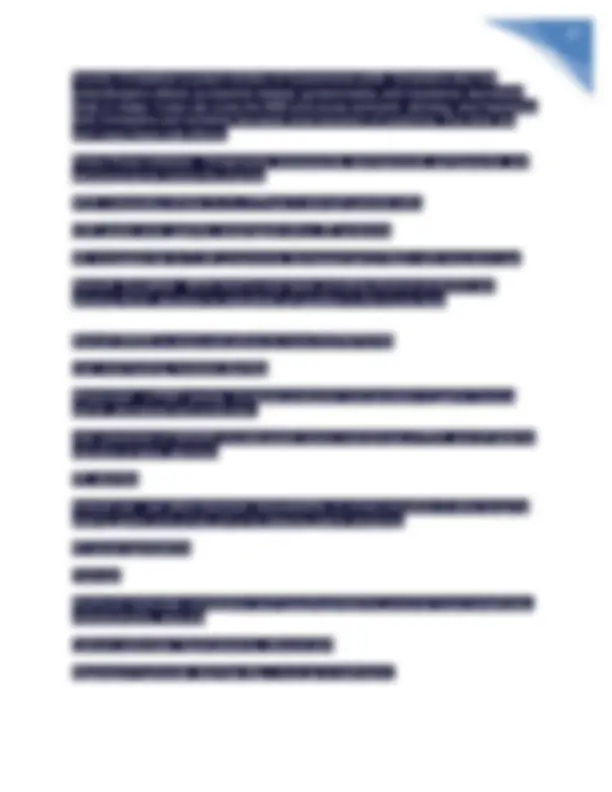
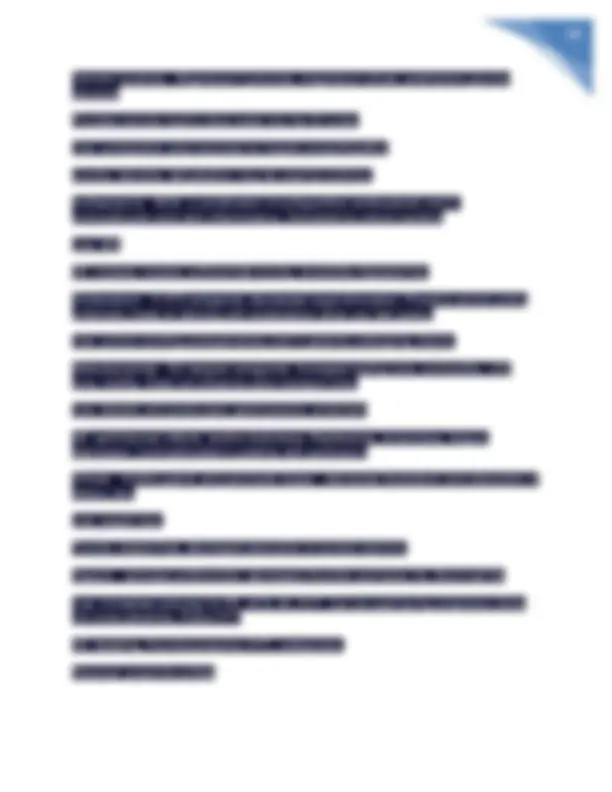
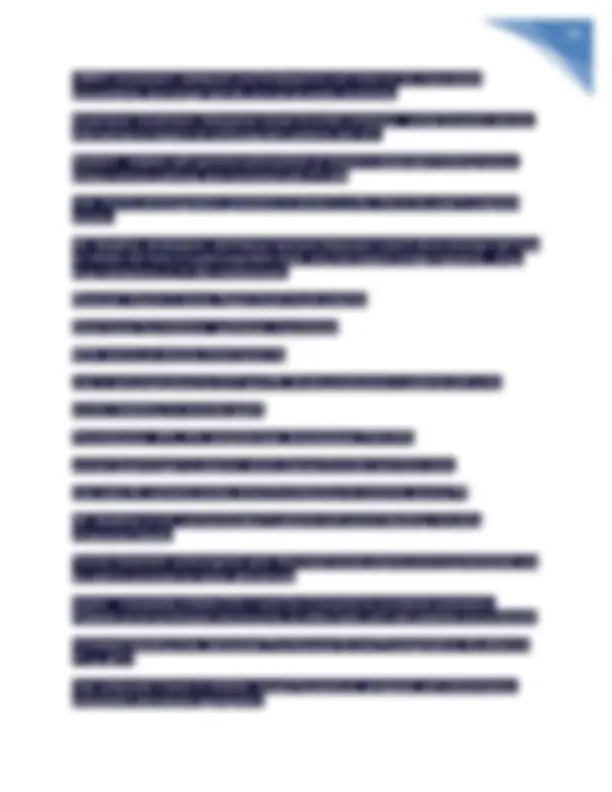
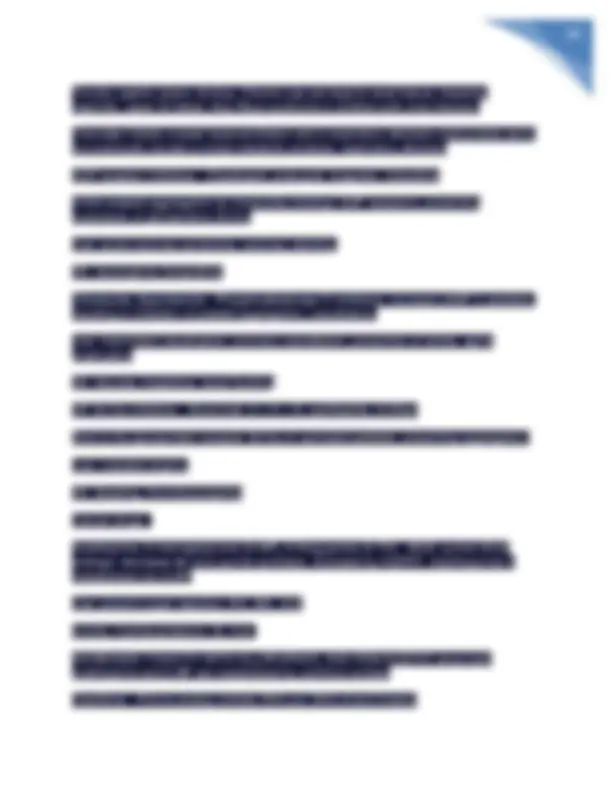
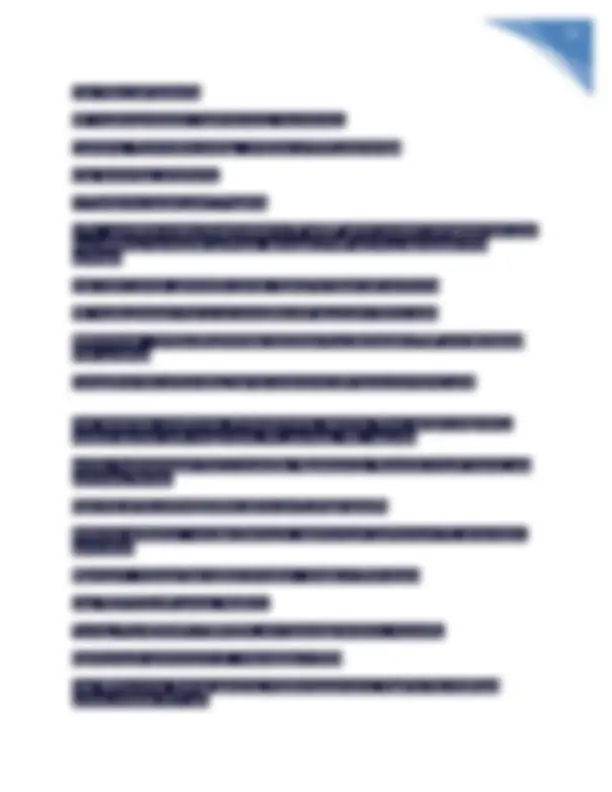
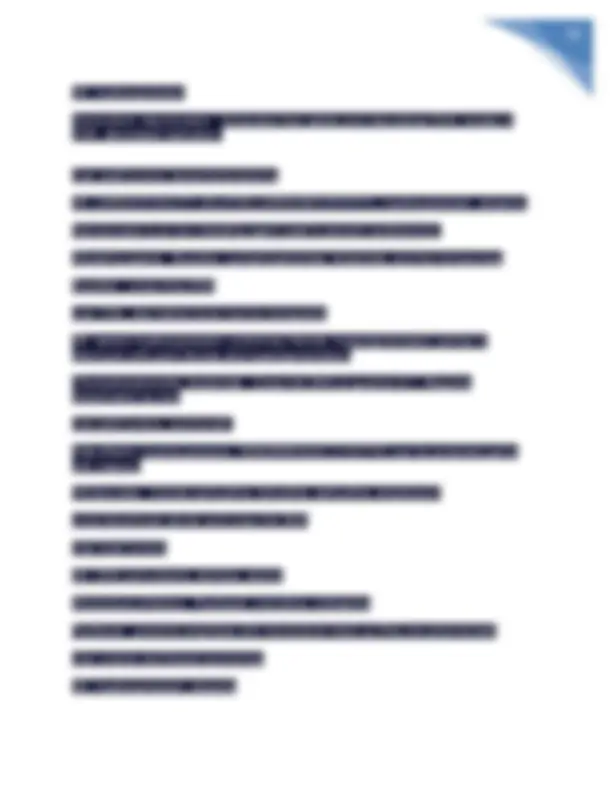
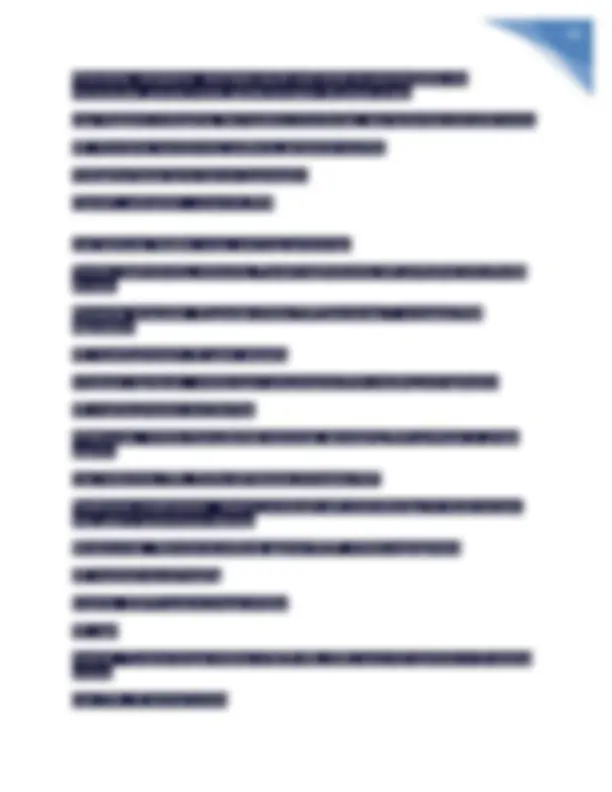
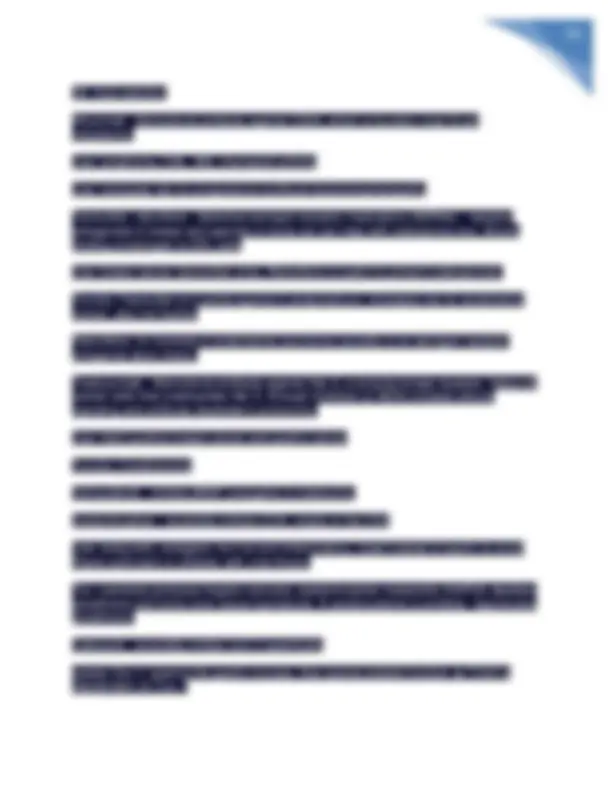
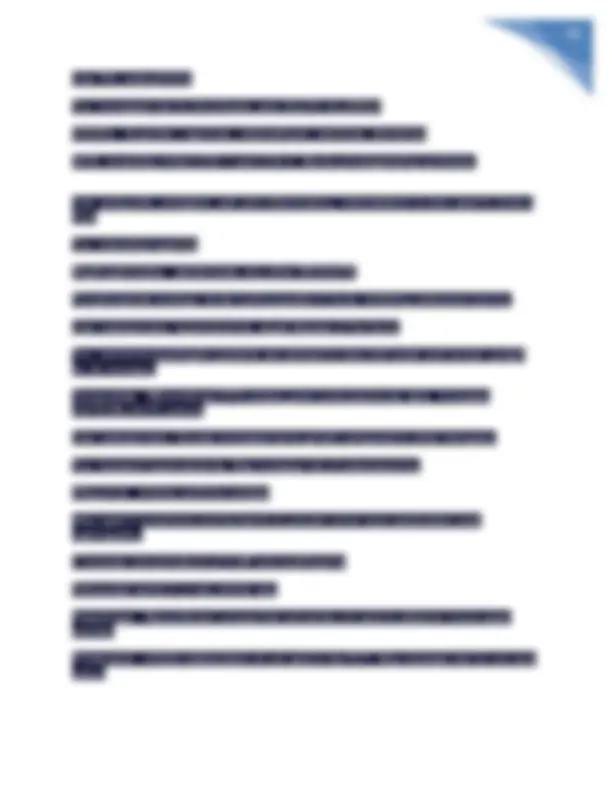
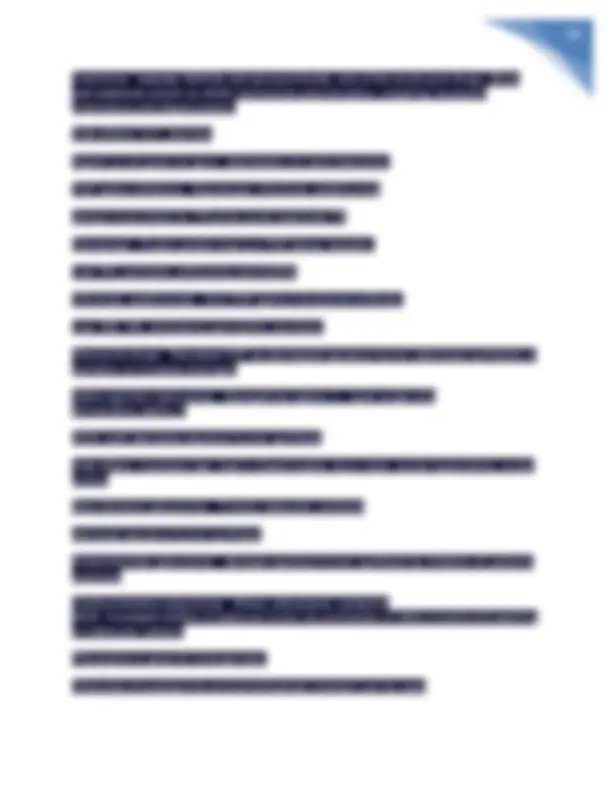
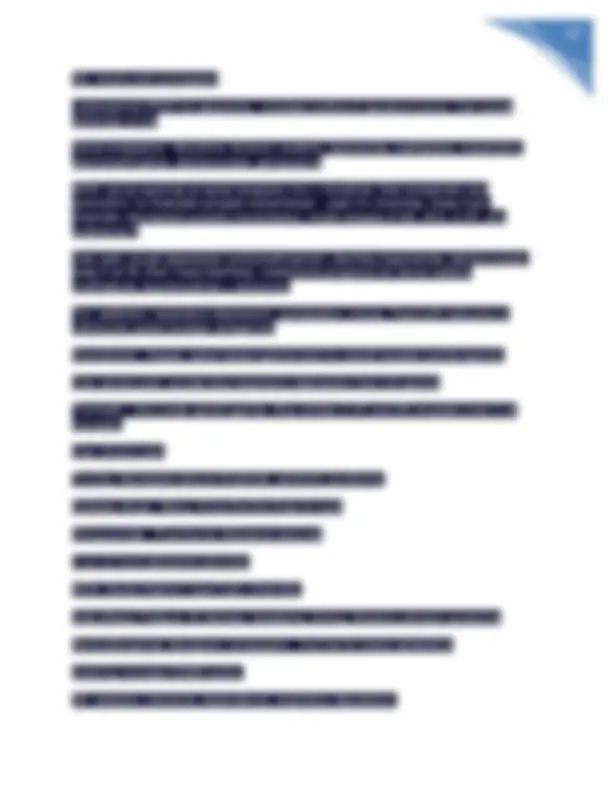
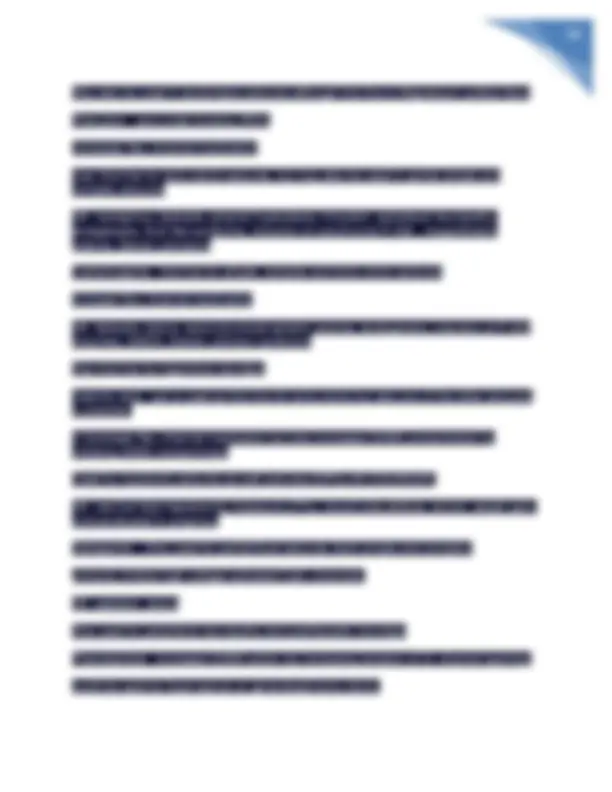
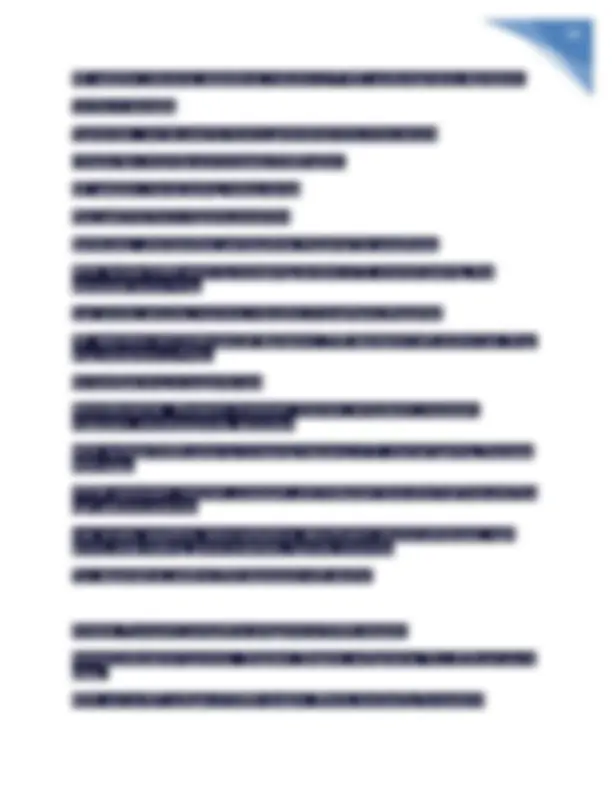
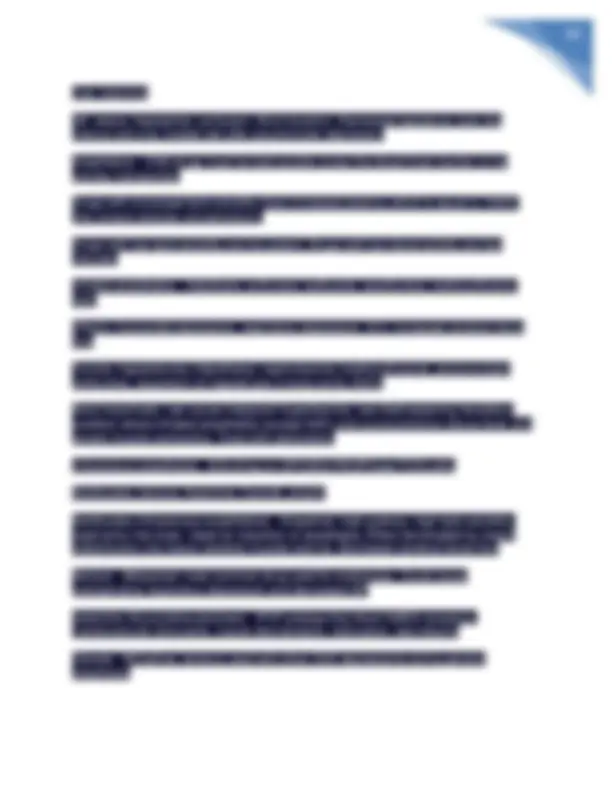
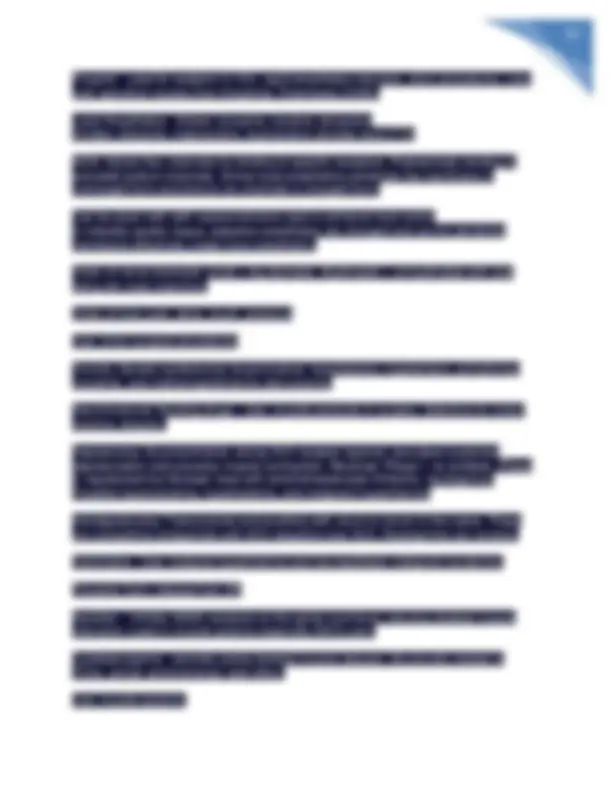
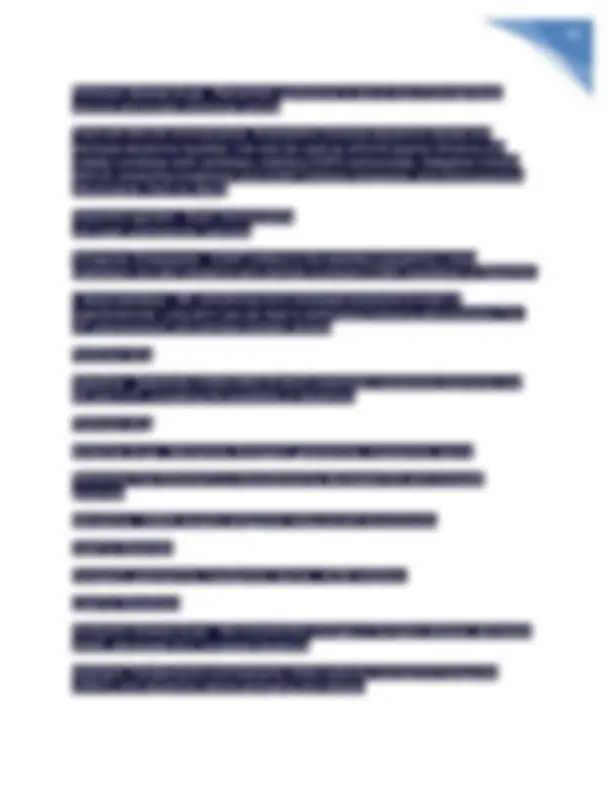
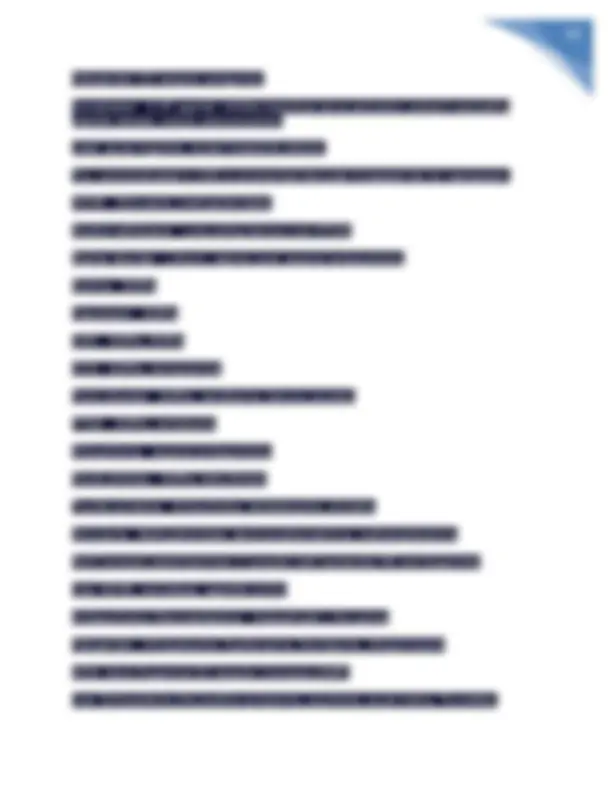
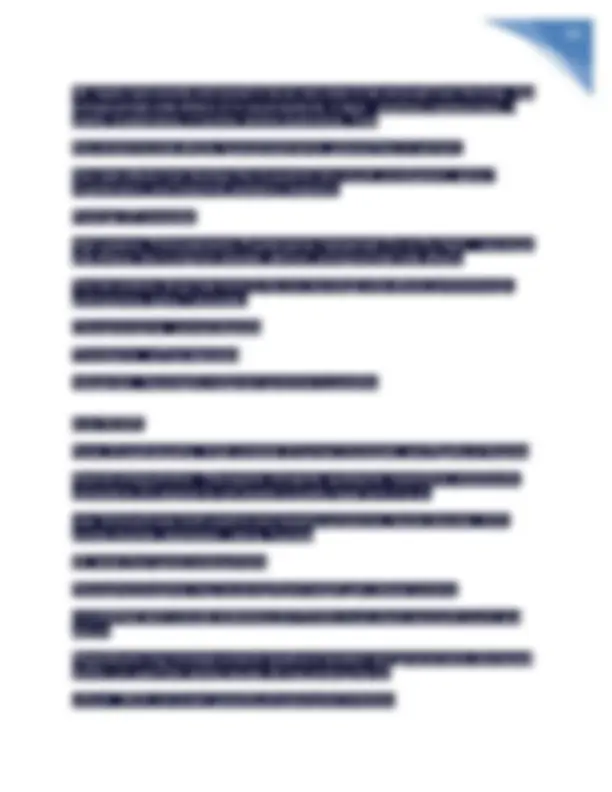
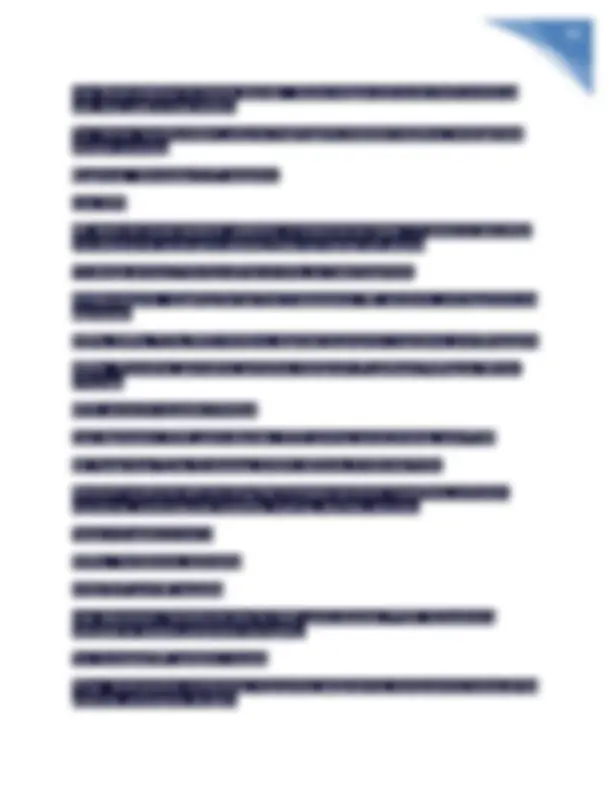
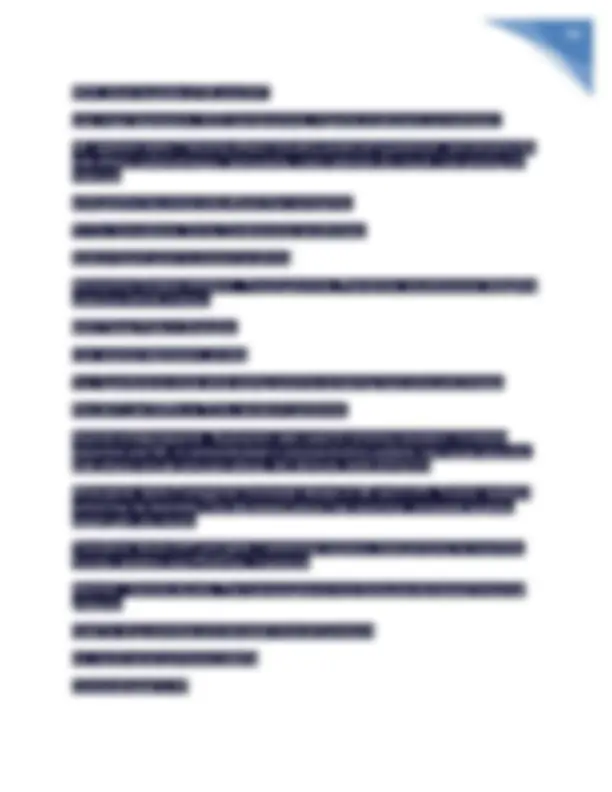
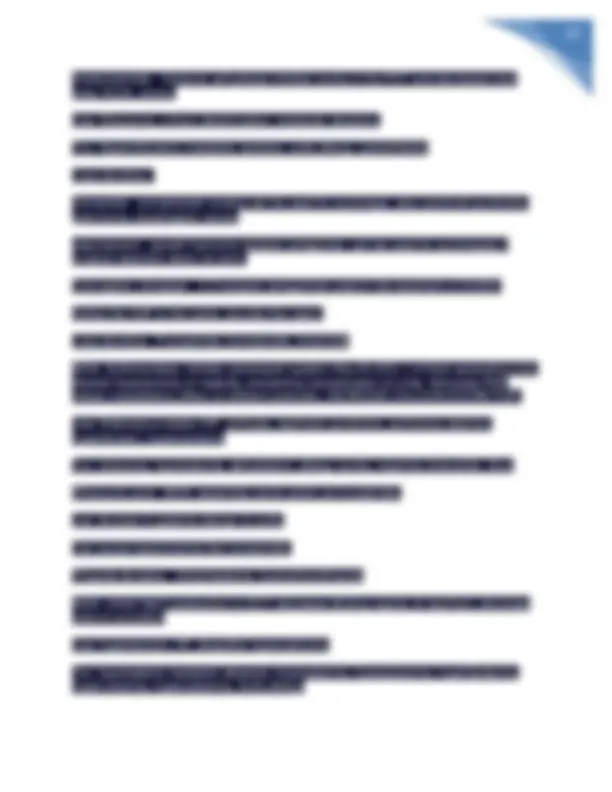
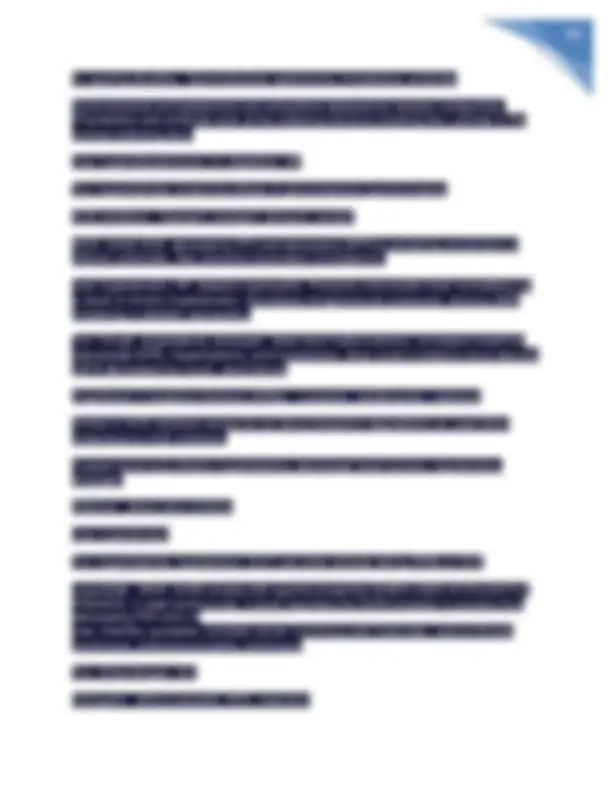
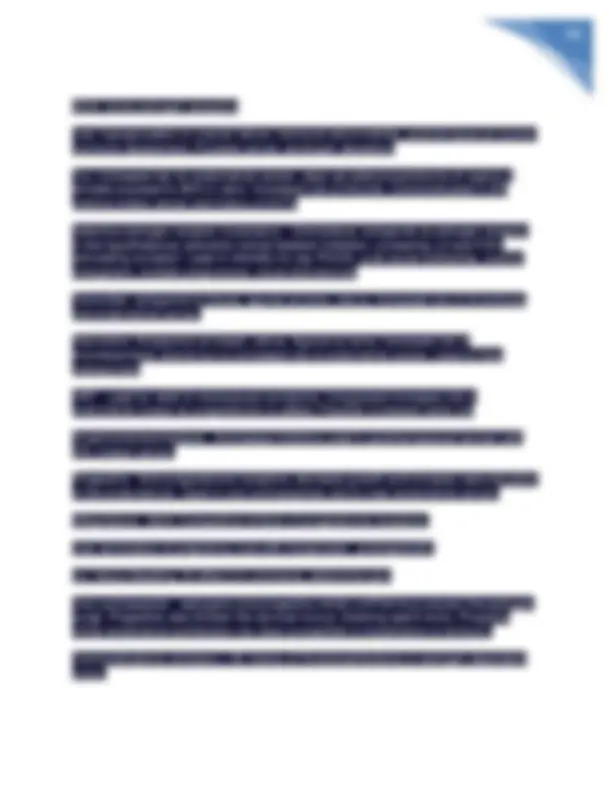

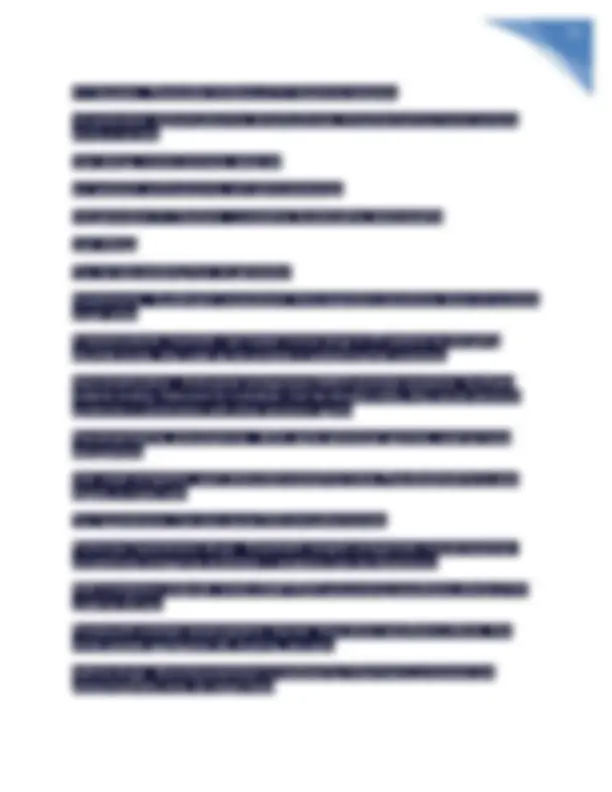
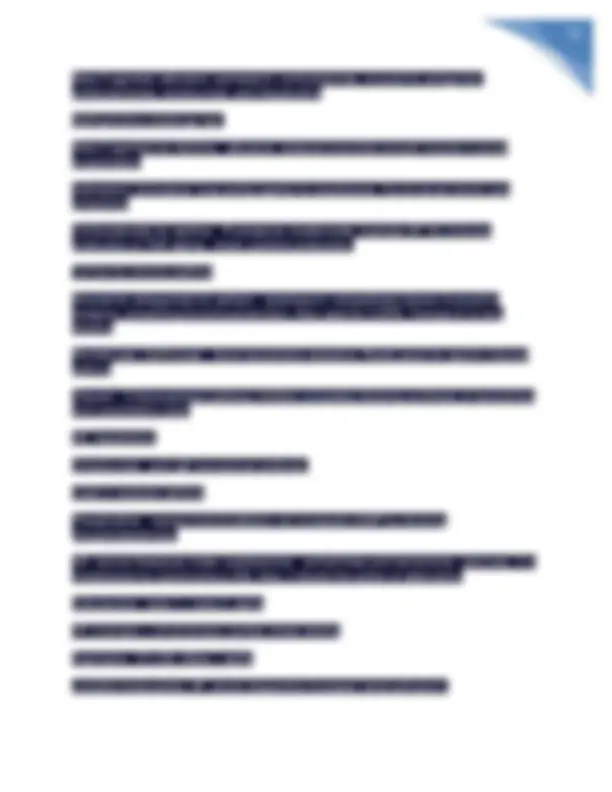
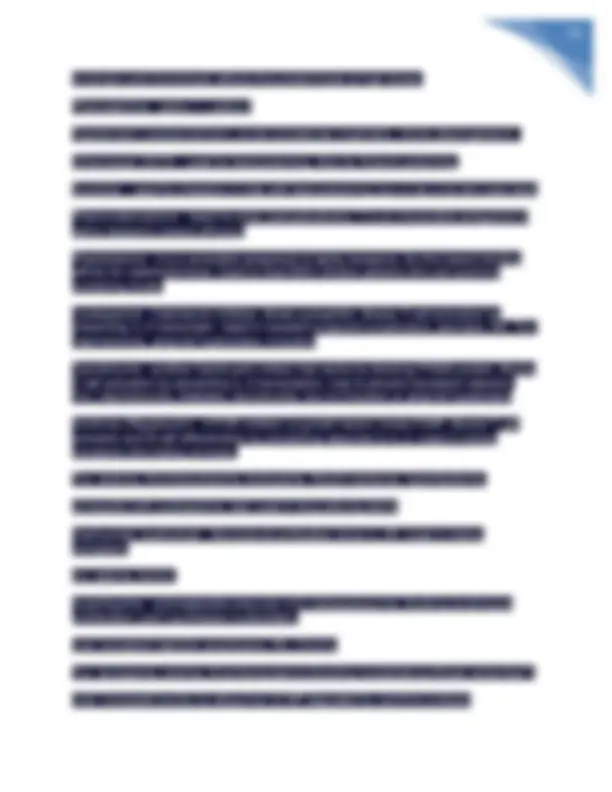
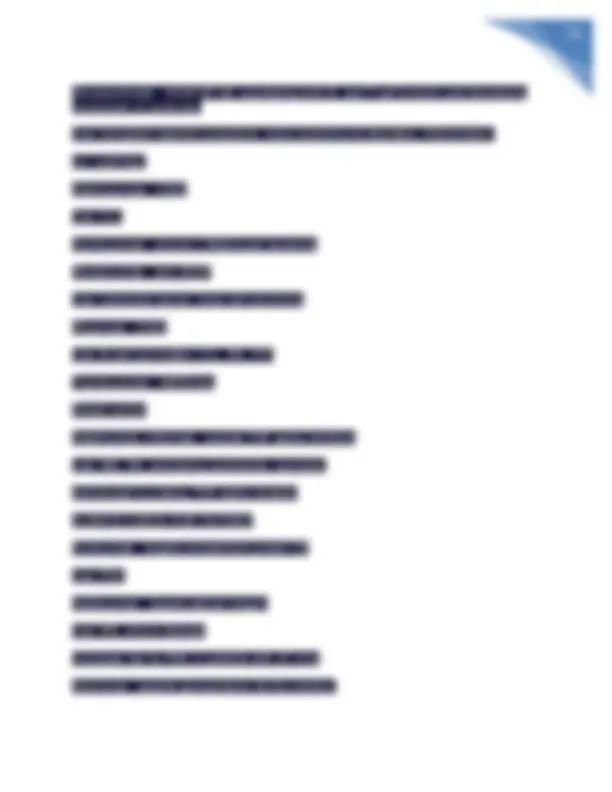
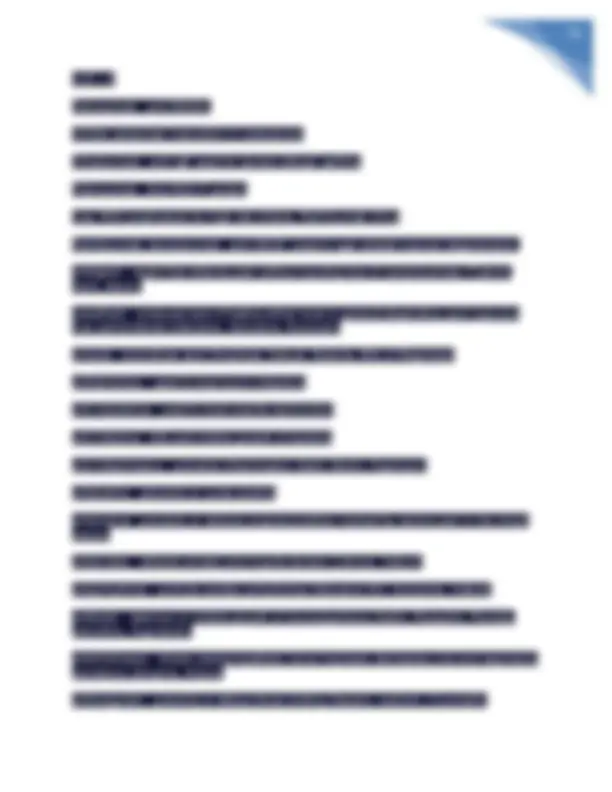
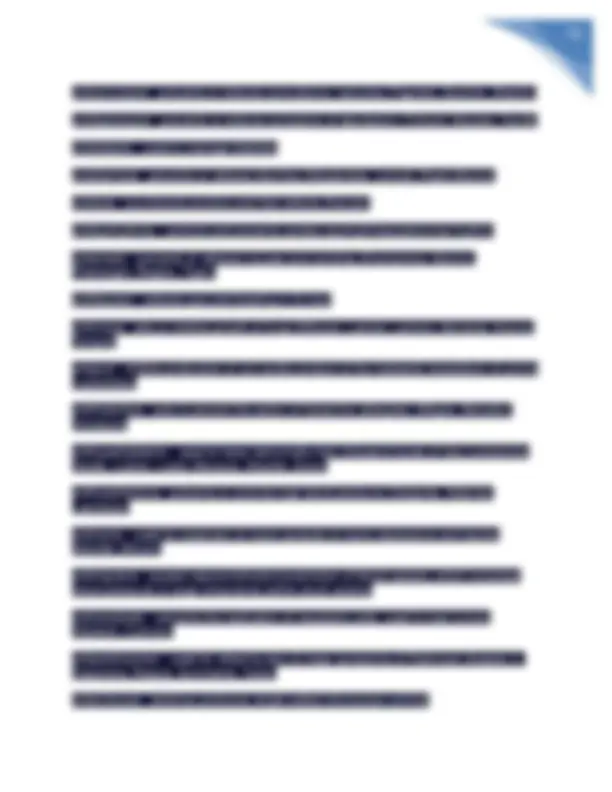
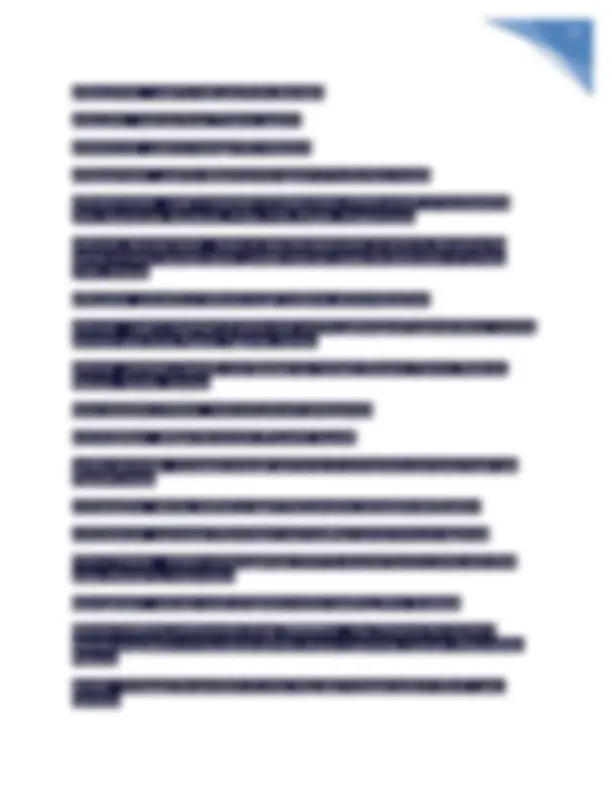
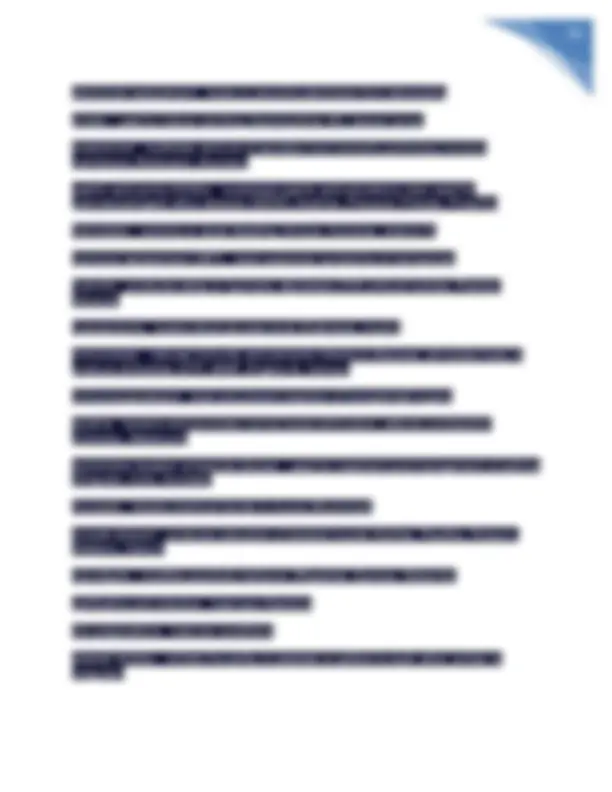
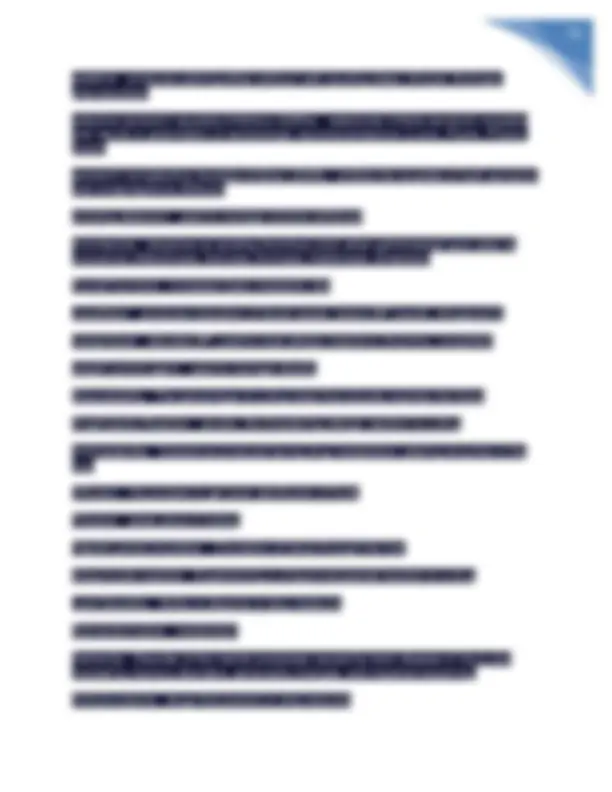


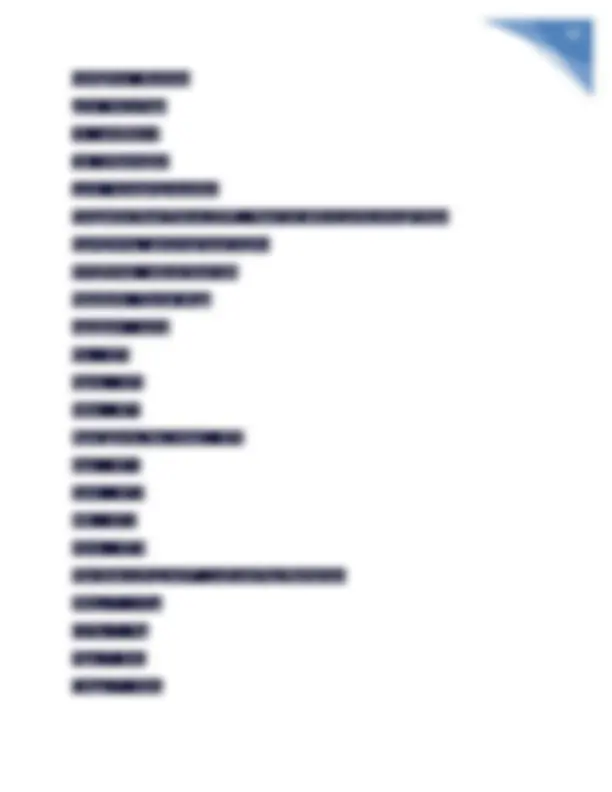



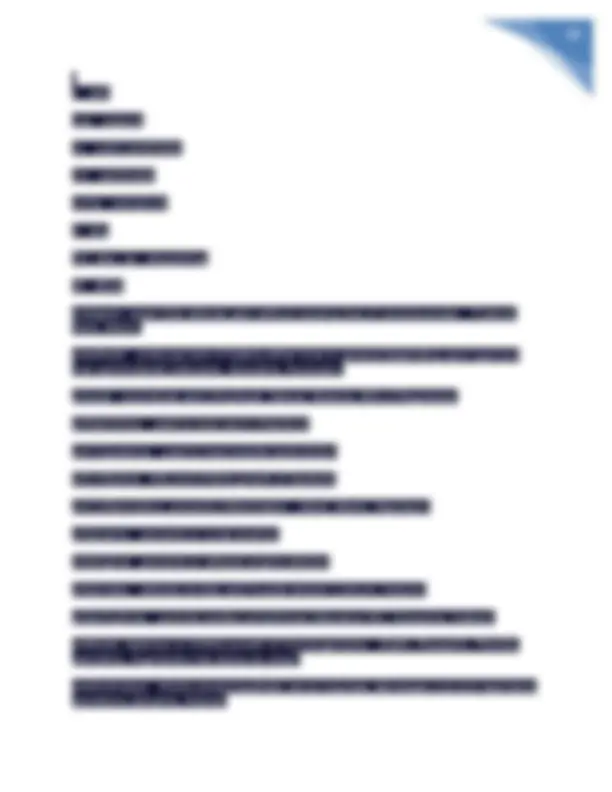
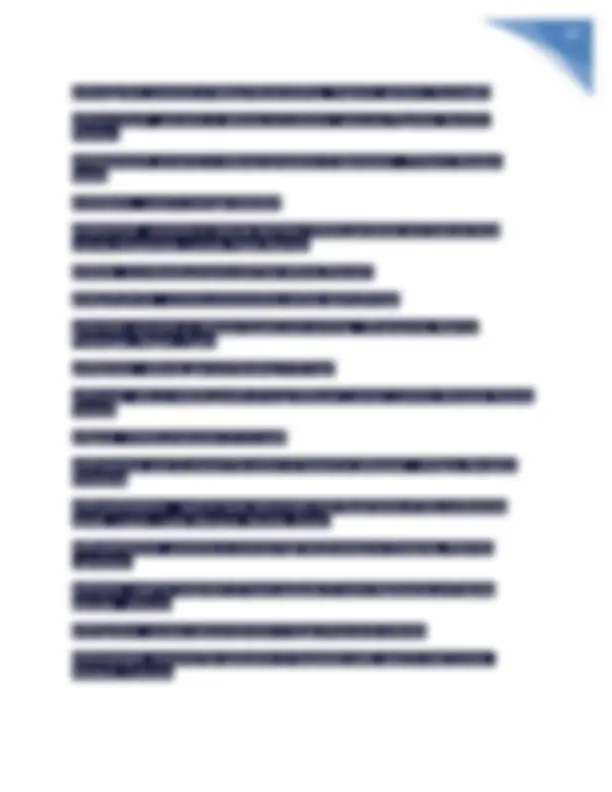
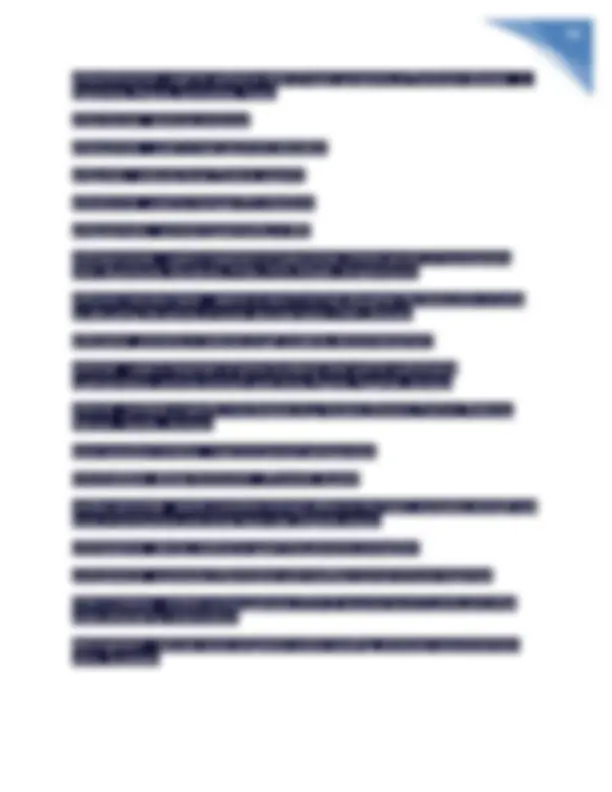
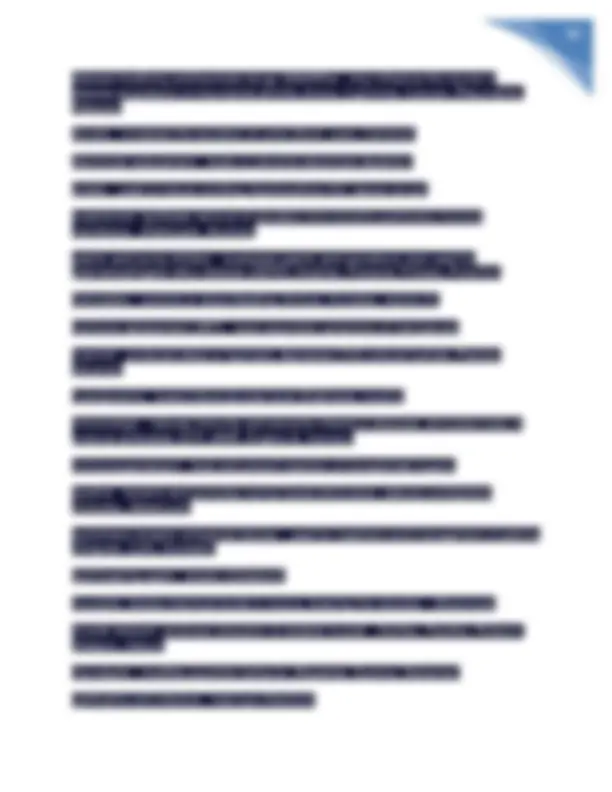
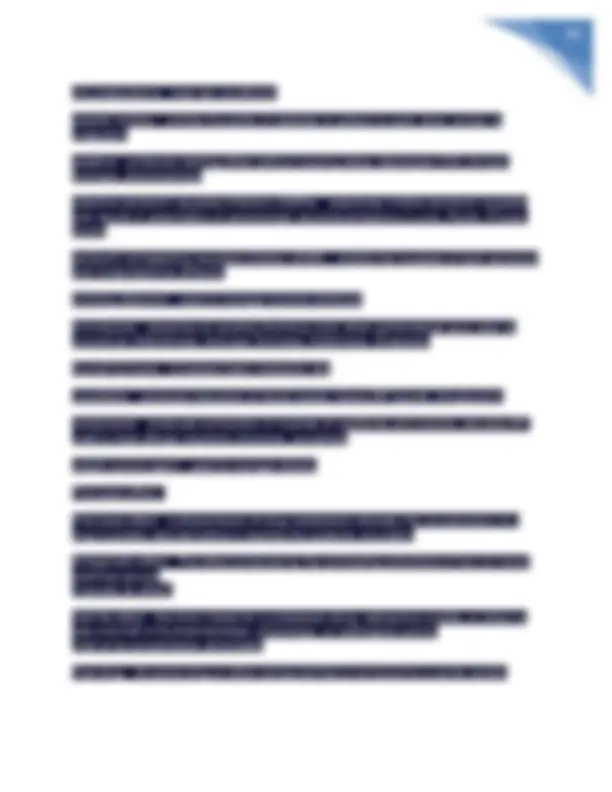
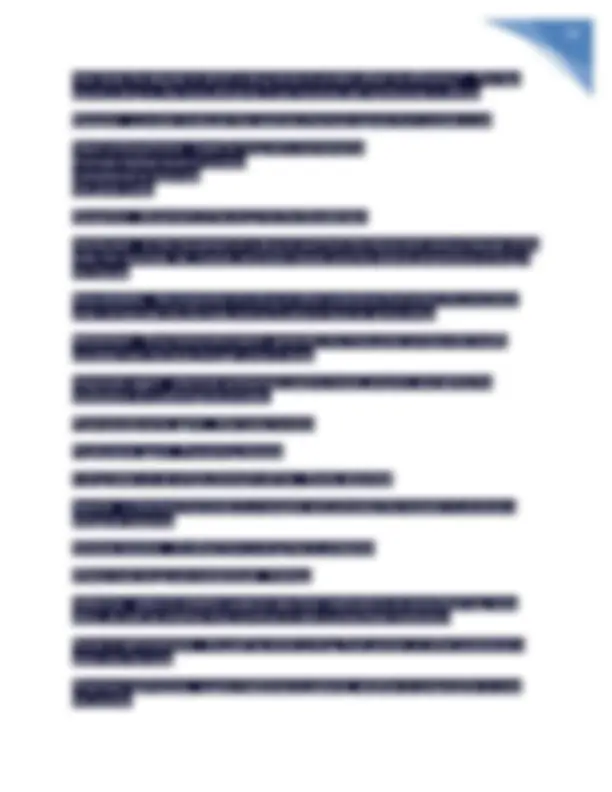
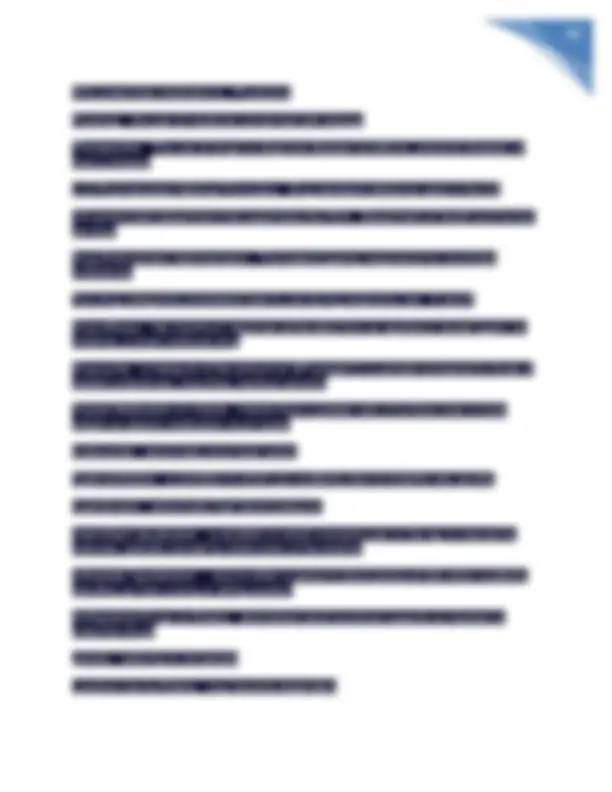
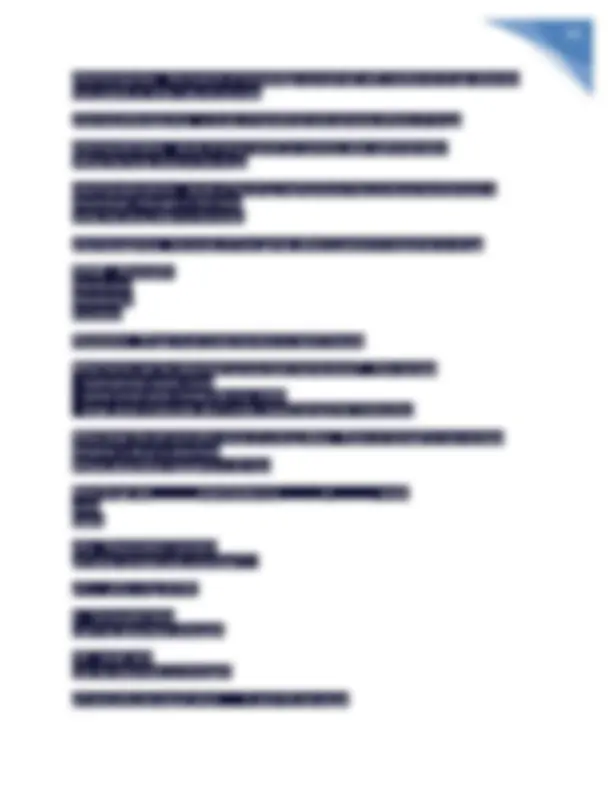
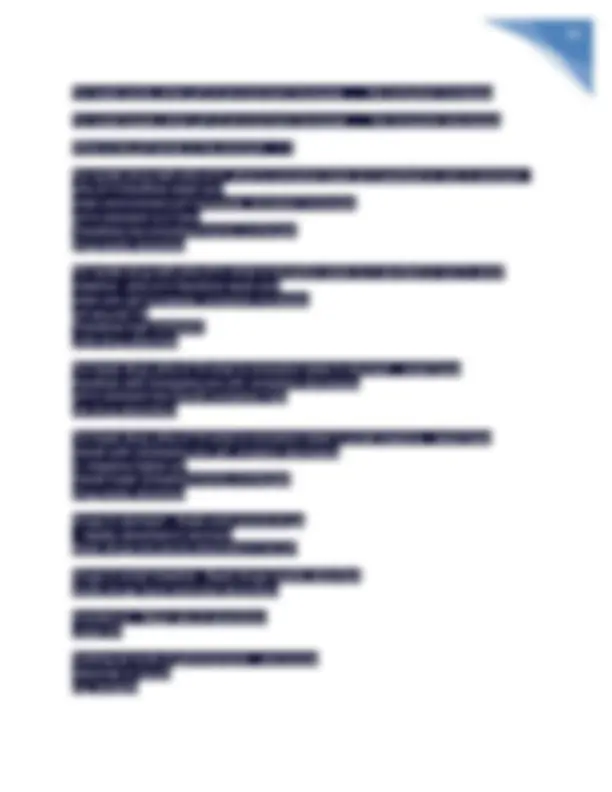
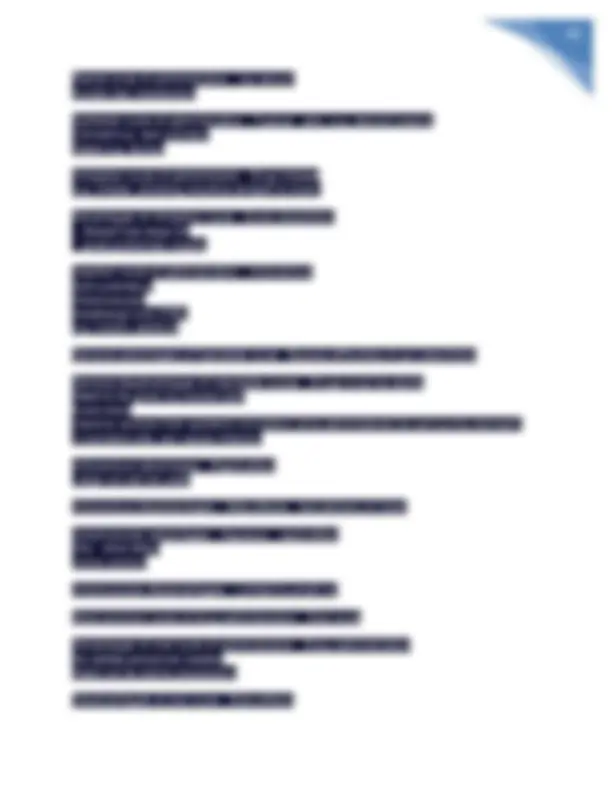
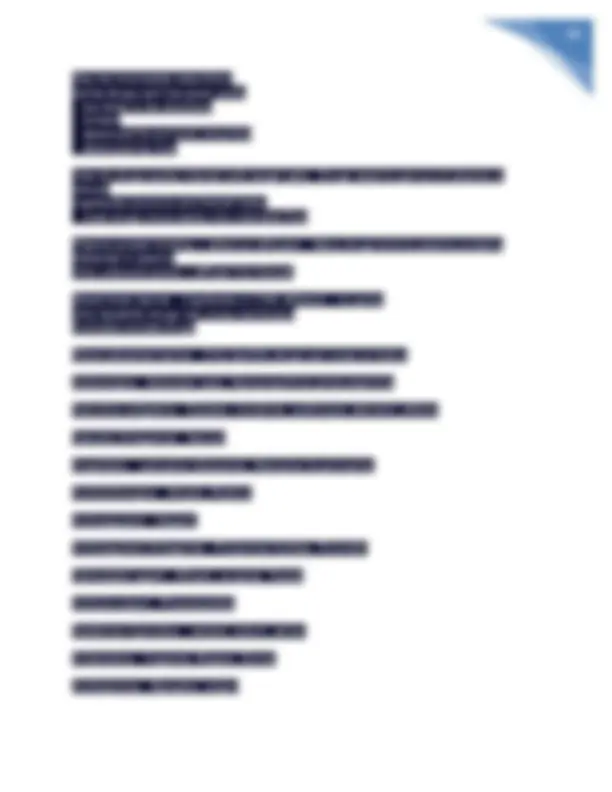
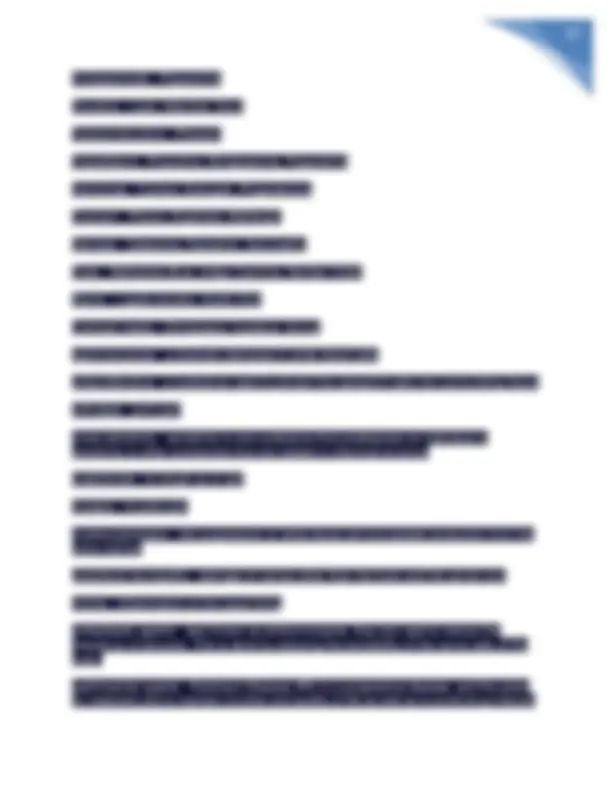
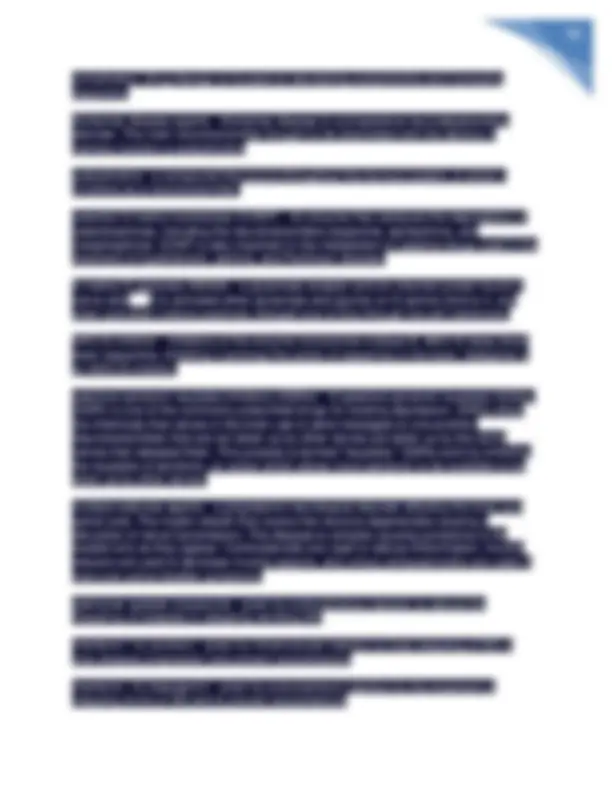
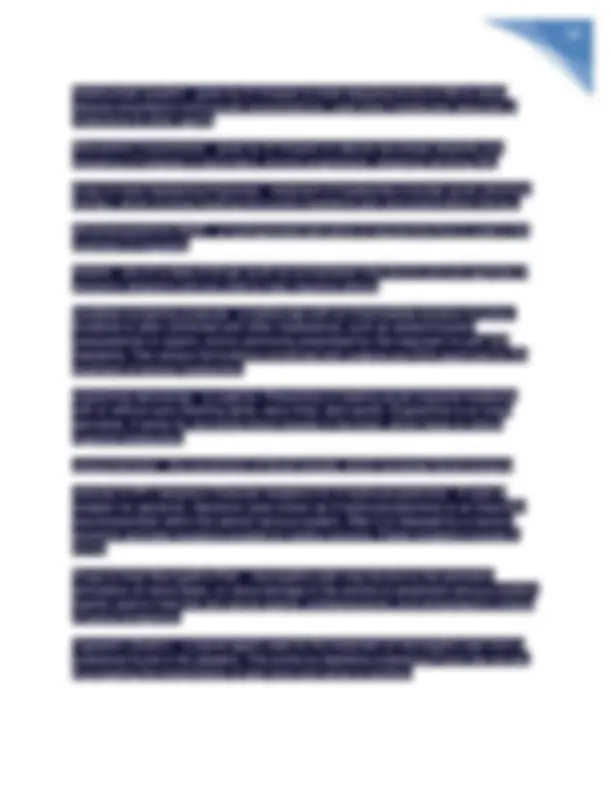
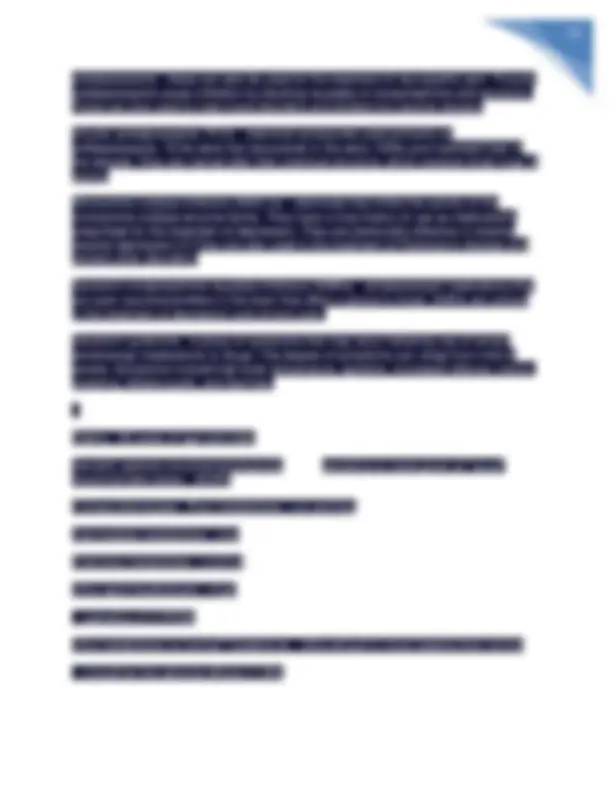


Study with the several resources on Docsity

Earn points by helping other students or get them with a premium plan


Prepare for your exams
Study with the several resources on Docsity

Earn points to download
Earn points by helping other students or get them with a premium plan
Community
Ask the community for help and clear up your study doubts
Discover the best universities in your country according to Docsity users
Free resources
Download our free guides on studying techniques, anxiety management strategies, and thesis advice from Docsity tutors
HOSA Pharmacology Questions And all correct answers Answers HOSA Pharmacology Questions And all correct answers Answers HOSA Pharmacology Questions And all correct answers Answers
Typology: Exams
1 / 135

This page cannot be seen from the preview
Don't miss anything!





























































































Absorption - Process by which a drug enters the circulatory system (blood). Intravenous (IV) & Intra-Arterial - Administration/Dosage routs that do not require absorption. Absorption, Distribution, Metabolism, & Elimination... The Pharmacokinetic Process - ADME Addiction - Dependence characterized by a perceived need to take a drug to attain the psychological & physical effects of mood altering substances. Affinity - Natural attraction - the strength by which a particular chemical messenger binds to its receptor site on a cell Agonist - Drug that mimics the action of a neurotransmitter when it binds to a particular receptor site - i.e. & triggers the cell's response in a manner similar to the action of the body's own chemical messenger. Allergen - Substance of a usually harmless nature that produces an abnormal hypersensitive reaction. Allergic Response - A hypersensitive reaction to any usually harmless substance that does not normally cause a reaction. Anaphylactic Reaction - Severe allergic response resulting in immediate life-threatening respiratory distress, usually followed by vascular collapse & shock accompanied w/ hives. Angioedema - Abnormal accumulation of fluid in tissue. Antagonist - Drug that neutralizes or counteracts the effects of a neurotransmitter or another drug when it binds to a particular receptor site. Antigen - Foreign substance that is recognized by the immune system & induces the immune system to produce antibodies to defend against the foreign substance. Bioavailability - Degree to which a drug or other substance becomes available to the target tissue after administration.
Blood-Brain Barrier - Fortified area that prevents many substances from entering the cerebro-spinal fluid from the blood. This area is formed by glial cells that envelope capillaries in the fcentral nervous system. This creates a shield that blocks many water- soluble compounds, but is permeable to lipid-soluble substances. Ceiling Effect - Point @ which no clinical response occurs w/ increased dosage of a drug. Clearance - Rate @ which a drug is eliminated from a specific volume of blood per unit of time. Contraindication - Any disease, condition, or symptom for which a drug will not be beneficial & may be harmful. Dependence - State in which a person's body has adapted physiologically & psychologically to a drug & cannot function w/o it. Distribution - Process by which a drug moves from the blood into other body fluids & tissues & ultimately to its site(s) of action. Dose - Quantity of a drug administered at one time. Drug Abuse - Use of a drug for purposes other than those prescribed &/or in amounts that were not directed. This is often linked to addiction. Drug Interaction - When a drug is affected in some way by another drug, foods, or other substances, such as when enzymes that metabolize the drug are induced or inhibited. Drug Interaction Relationship: Addition - The combined effect of 2 drugs is equal to the sum of the effects of each drug taken alone. Drug Interaction Relationship: Antagonism - The action of 1 drug negates the action of a 2nd drug. Drug Interaction Relationship: Potentiation - 1 drug increases or prolongs the action of another drug, & the total effect is greater than the sum of the effects of each drug used alone - drug potency is increased. Drug Interaction Relationship: Synergism - The combined effect of 2 drugs is more intense or longer in duration than the sum of their individual effects. Drugs that work in combination like this are usually prescribed together. Enzymes, Nucleic Acids, Receptors, & Transport Proteins - Types of specific body molecules that drugs can combine w/.
Pharmacokinetic Modeling - Method of describing the process of absorption, distribution, metabolism, & elimination (ADME) of drug w/i the body mathematically. Pharmacokinetics - Activity of a drug w/i the body over a period of time; includes absorption, distribution, metabolism, & elimination (ADME). Prophylaxis - Effect of a drug in preventing infection or disease. Pruritus - Itching Sensation. Receptor - Protein molecule on the surface of or w/i a cell that recognizes & binds w/ specific molecules, thereby producing some effect w/i the cell. Side Effect - Secondary response to a drug other than the primary therapeutic effect for which the drug was inteneded. Solubility - Ability of a drug to dissolve in body fluids. Specificity - Property of a cell receptor that enables it to bind only w/ a specific chemical messenger complementary to the structure of the receptor. Systemic Effect - Action of a drug that has generalized - the all-inclusive effect of the drug on the body. Therapeutic Effect - Desired action of a drug in the treatment of a particular disease , state, or symptom. Therapeutic Level - Amount of a drug in the blood @ which beneficial effects occur. The amt. of time required to achieve this can be shortened by administering a loading dose. Therapeutic Range - Optimum Dosage, providing the best chance for achieving the most effective & desired action... Dosing below this range has little effect, while dosing above this level (overdosing) can lead to toxicity & death. Tolerance - Decrease in response to the effects of a drug as it continues to be administered. Trough - Lowest level of a drug in the blood. Urticaria - Hives, itching sensation. Volume Of Distribution - mathematical relationship betw. the blood concentration attained & the amt. of drug administered. Wheals - Slightly elevated, red areas on the surface of the body.
Zero-Order - Drugs for which the rate of elimination is not concentration dependent (as opposed to _ ). Blinded investigational drug study - A research design in which the subjects are purposely unaware of whether the substance they are administered is the drug under study or the placebo. This method serves to eliminate bias on the part of research subjects in reporting their body's responses to investigational drugs. Controlled substances - Any drugs listed on one of the "schedules" of the Controlled Substance Act (Also called scheduled drugs). Double-blind investigational drug study - A research design in which both of the investigator(s) and the subjects are purposely unaware of whether the substance administered to a given subject is the drug under study or the placebo. This method eliminates bias on the part of both investigator and the subject. Drug polymorphism - Variation in response to a drug because of a patient's age, gender, size, and/or body composition. Expedited drug approval - Acceleration of the usual investigational new drug approval process by the U.S. Food and Drug Administration (FDA) and pharmaceutical companies, usually for drugs used to treat life-threatening diseases. Informed consent - Written permission obtained from a patient consenting to the performance of a specific procedure (e.g. receiving and investigational drug), after the patient has been given information regarding the procedure deemed necessary for the patient to make a sound or "informed" decision. Investigational new drug (IND) - A drug not approved for marketing by the FDA but available for use in experiments to determine its safety and efficacy Legend drugs - Another name for prescription drugs. Narcotic - Applied to drugs that produced insensibility or stupor, especially the opioids (e.g., morphine, heroin). The term is currently used in clinical settings to refer to and medically administered controlled substance and in legal settings to refer to any illicit or "street" drug. New drug application - The type of application that a drug manufacturer submits to the FDA following successful completion of required human research studies Orphan drugs - A special category of drugs that have been identified to help or treat patients with rare diseases. Over the counter drugs - Drugs available to consumers without a prescription.
C-II Dispensing Restrictions - - Written prescriptions only*
Amphetamines are second line therapy. Tetracyclines - are teratogenic and can cause fetal bone growth retardation as well as brown discoloration of the baby teeth. Stimulants for ADHD - They are first-line and work by increasing the availability of NE and dopamine in the prefrontal cortex. Ivabradine - Selectively inhibits funny sodium channels, thereby prolonging the slow depolarization phase (phase 4) and slowing the SA node firing rate (HR). No effect on contractility (inotropy) and/or relaxation. Direct Arteriolar Vasodilators - Include Hydralazine and minoxidil are effective antihypertensives. Because they cause significant arterial vasodilaiton, they also cause refelex sympahtetic acitvaiton resulting in tachycardia and edema. To counteract these compesnatory effects, these agents are often given in combination with symphatolytics and diuretics. Efficacy vs. Potency - Efficacy is a measure of the maximum pharmacodynamic effect achievable with a drug. Potency refers to the dose of drug that is required to produce a given effect. Drugs that bind their receptors with a higher affinity or are better able to gain access to their target tissues have greater potency (lower ED50) Sulfonoureas (Glyburide) - improves blood glucose levels in patients with T2DM by increasing secretion of insulin (and C-peptide therefore) from pancreatic B-cells. C- peptide is useful as a marker of endogenous Beta-cella insulin secretion. Succinylcholine - fast-acting, depolarizing neuromuscular blocking agent used for rapid- sequence intubation that causes equal reduction of all 4 twitches during train of four stimulation (phase I blockade). Prolonged administrant of succinylcholine or use in patients that have abnormal cholinesterase activity causes transition to a phase II (nondepolarzing) block, seen as a progressive reduction in each of the 4 twitches. sucks = depolarizes 5 - HT3 receptor antagonists (eg. ondansetron) - useful for the treatment of visceral nausea due to GI insults, like gastroenteritis, chemo, and general anesthesia. Antihistamines and anticholinergics are useful for vestibular nausea. Dopamine antagonists are useful for migraine nausea. Mannitol - an osmotic diuretic that works by increasing plasma or tubular fluid osmolality. Barbituates - induce hepatic microsomal enzymes (CYP450 inducers) and thus increase warfarin metabolism and reduce its anticoagulant effect (could lead to stroke)
Ergonovine - can provoke coronary artery vasospasm in the attempt to diagnose Prinzmetal's angina ,characterized by episodic, transient attacks of coronary vasopasm, typically occurring at rest and at night. Produce temporary ST elevations. Rituximab - used to treat the vasculitities Nitrate tolerance - patients need to have a nitrate-free period every day to avoid tolerance of the drug Nitrites (eg. amyl nitrite) - oxidizing agents that are effective in the treatment of cyanide poisoning due to the ability to cause methemoglobinemia (which rapidly binds the cyanide). Sodium thiosulfate may also be used Lithium - commonly used to treat bipolar disorder. Its use during pregnancy is associated with Ebstein's anomaly (apical displacement of the tricuspid valve leaflets, decreased right ventricular volume, and atrilization of the right ventricle. Nitrates - via conversion to NO activate guanylate cyclase and increase intracellular levels of cGMP, which leads to decreased activity of myosin light chain kinase (less calcium), thus leading to mysoin light chain dephosphorylation, resulting in vascular smooth muscle relaxation. Often used during a hypertensive crisis. Clomiphene - An estrogen receptor modulator that can allow those who have PCOS to become fertile again. It decreases negative feedback inhibition on the hypothalamus by circulating estrogen, thereby increasing gonadotropin production (FSH and LH) Histoplasma capsulatum - Can survive intracellularly within macrophages. It causes a disseminate mycosis in immunocompromised individuals (think histo for HIV). Clinical features include systemic symptoms like weight loss and fever, painful oral ulcers, lymphadenopathy, and hepatosplenomegaly (H for H) Majority of water reabsortion - occurs in the proximal convoluted tubule, regardless of hydration status Risperidone - An antipsychotic that is used for schizophrenia. It works by inhibiting D Dopamine, which in turn leads to hyperprolactinemia as dopamine can't supress it. This can lead to hypogonadism with the inhibition of GnRH form the hypothalamus. In addition, hyperprolactinemia can lead to amenorrhea, galactorrhea and breast soreness. Combination oral contraceptives (OCPs) - inhibit ovulation by decreasing synthesis of FSH and LH in the anterior pituitary. Their effects on cervical mucus and endometrium play a minor role.
ACE Inhibitors - can cause angioedema rarely due to bradykinin buildup (a potent vascular permeability chemical). Symptoms include tongue, eyelid and lip swelling. Discontinue the ACE inhibitor, potentially serious. Dermal atrophy - A topical steroid side effect if used for too long Azoles - supress the synthesis of ergosterol (e), an essential component of the fungal cell membrane. They also inhibit the activity of the CP450 and thus drug-drug interactions. corticosteroids (fluticasone) - Have the strongest and most predictable effects on the inflammatory component of asthma. Inhaled corticosteroids form the cornerstone of chronic therapy for patients with persistent asthma can reduce the number and severity of acute asthma exacerbations. Fibrates (Gemfibrozil) - are most effective in treating hypertriglyceridemia (can cause acute pancreatitis) Acetazolamide - a diuretic that works by inhibiting carbonic anydrase reactoins necessary for NaHCO3 reabsorption in the proximal tubule. This results in urinary bicarbonate wasting. Azetazolamide is also used for glaucoma to relieve pressure. Finasteride - a 5 alpha reductase inhibitor that suppresses peripheral conversion of testosterone to dihydrotesterosterone. It is used for treatment of benign prostatic hyperplasia and androgenetic alopecia (baldness) Metonidazole - interacts with alcohol causing acetaldehyde to accumulate (like a disulfiram-like reaction when mixed with alcohol). It is often used to treated trichomonas vaginitis and BV Succinylcholine-induced hyperkalemia - can causes significant potassium release and life-threatening arrhythmias in patients at high risk for hyperkalemia, including those with burns, myopathies, crush injuries, and denervating injuries or diseases. (because it activates to high degree the acetylcholine receptor at the motor end plate- potassium can come out). Drug-Induced Lupus erythematosus drugs - Hydralazine Procainiamide Isoniazid Minocycline Quinidine Aortic Regurgitation - "Water-hammer" pulses (full and then collapses) and head- bobbing with each heart beat (de Musset sign) are characteristic findings of this murmur.
Vlacyclovir, acyclovir, and famciclovir - Can all be used to reduce recurrence of genital herpes. A permissive effect - cortisol exerts a permissive effect on many hormones to help improve the response to a variety of stressors. Tricyclic antridepressants like Amitriptyline - can have antimuscarinic (anticholinergic) side effects that may mimic atropine toxicity like fever, cutaneous flushing, dry oral mucosa, dilated poorly reactive pupils and confusion "hot as a hare, dry as a bone, red as a beet, blind as a bat, mad as a hatter) Thiazolidinediones - exert their glucose-lowering effect by decreasing insulin resistance. TZDs activated PPAR- gama receptor, a nuclear receptor that alters the transcription of genes involved in glucose and lipid metabolism. They decrease insulin resistance. Neuroleptic malignant Syndrome - life-threatening adverse reaction to antipsychotic medications with diffuse muscle rigidity, hyperthermia, autonomic instability, and altered sensorium. Dantrolene is give to reduce muscle rigidity (it blocks ryanodine receptors and prevents calcium release from SR). First generation antihistamininics side effects - can have antimuscarininc, anti-aslpha adrenergic and anti-serotonergic effects. Anticholinergic side effects - These include pupillary dilation, dry mouth, urinary retention, and constipation. Sildenafil - Viagra. Dont use in patients taking nitrates. Mefloquine - this along with chloroquine can be used against infection with Plasmodium (malaria) Acute Dystonic Reaction - due to the D2 blockade in the nigrostriatal pathway caused by high potency antipscyhotics (haloperidol, fluphenazine). Other extrapyramdial symptoms that can ocur are akathisia and parkinsonism. Sirolimus - binds to the immunophillin FKBP in the cytoplasm, forming a complex that binds mTOR. Inhibition of mTOR signaling blocks IL-2 transduction and prevents cell cycle progression and lymphocyte proliferation. Disulfiram - blocks aldehyde dehydrogenase, thus increasing the effects of a hangover Fomepizole - blocks alcohol dehydrogenase and is used an an antidote for methanol or ethylene glycol poisoning
Lactulose - Given in hyperammonemia conditons to bind ammoina and have it pooped out Rifaximin - decreases colonic ammoniagenic bacteria Benzoate or phenylbutyrate - can be used to bind AA's in hyperammonemia diseases Statins - competitively inhibit HMG-CoA reductase (for cholesterol synthesis). Edrophonium - An anticholinesterase (indirect cholinergic agonist) that has traditionally been used to diagnose Myasthenia gravis Anti-HBc and anti-HBs - without detection of viral antigens would indicate recovery from acute hepatitis B infection (if it was just vaccination, patient would only have anti-HBs). Chronic hepatitis B would be indicated by persistnet levels of HBsAg and HBV DNA in the serum Hemolytic disease of the newborn (erythroblastosis fetalis) - most commonly occurs due to maternal sensitization to Rh antigens during a prior pregnancy with Rh(D)+ fetus. In subsequent Rh(D)+ pregnancies, maternal anti-Rh(D) IgG antibodies cross the placenta and cause fetal hemolysis. Clinical findings include anemia, jaundice, generalized edema (hydrops fetalis), nucleated erythrocytes, and extramedullary hematopoiesis DiGeorge syndrome - causes an extreme deficiency in the number of mature T lymphocytes, leading to poor development of the lymph node paracortex. It is due to maldevelopment of the third and 4th pharyngeal pouch Clinical manifestions: thymic shadow on Xray, hypocalcemic tetany from abscence of parathyroids, cleft palate, aortic arch abnormalities Hemolytic disease of the newborn revisited - With maternal blood types A and B, this does not happen because anti-A and B antibodies are of the IgM subtype and therefore cannot cross the placenta. In contrast in type O mothers, antibodies are predominantly IgG and can cross the placenta to cause fetal hemolysis. Acute Cardiac transplant rejection - occurs a couple-few weeks folliwng transplantation and is primarily a cell mediated process. On biopsy, would see a dense mononuclear lymphocytic infiltrate. Treatment with immunosupressive drugs is meant to avoid this rejection Chronic Granulomatous disease - usually due to X-linked mutation in NADPH oxidase. Deficiency results in an inability to form the oxidative burst in neutorphils results in infection with Catalase positive organisms
Live attenuated oral Sabin Poliovirus - leads to a stronger mucosal secretory IgA immune response in comparison to the inactivated salk vaccine. This would offer protection at the site of viral entry by inhibiting attachment to intestinal epithelial cells Reactive arthritis - classically presents in a triad of nongonococcal urethritis, conjunctivitis, and arthritis. It is an HLA-B27 assoicated arthropathy that occurs within several weeks following a geniturinary or enteric infection. It is one of the seronegative arthropathies and can cause sacroiliitis in 20% of patients. Often also forms a rash on the palms and soles called keratoerma blennorhagicum Isoproterenol - is a beta 1 and beta 2 adrenergic receptor agonist that causes increased myocardial contractility (beta 1) and decreased systemic vascular resistance (beta 2) Cardiac tamponade - presents clincially with hypotension, tachycardia, and an elevated central venous pressure that produces JVD. Heart sounds may be muffled and pulsus paradoxus may also be present. PCI - Cannulation into the femoral artery above the inguinal ligament signficantlly increases the risk of retroperitoneal hemorrhage Fenoldopam - is a selective dopamine-1 receptor agonist that causes arteriolar dilation and natriuresis leading to decreased systemic vascular resistance and blood pressure reduction. It is the only intravenous agent for emergent hypertensive patients that also increases renal perfusion Class IA antiarrhythmics - are sodium channel blocking agents that slow phase 0 of the ventricular myocyte action potential and prolong repolarization as well as refractory period. Niacin - used in the treatment of hyperlipidemia. It increases HDL levels and decreases TGs and LDL. It can cause cutaneous flushing, which is mediated by prostaglandins and can be diminshed with pre-treatment with aspirin. B1 receptors - are found in cardiac tissue and renal juxtaglomerular tissues, but not on vascular smooth muscle. Blockage of beta 1 receptor leads to decreasing cAMP levels in cardiac and renal cells. Omalizumab - an effective and acceptable add-on therapy for patients with severe allergic asthma. It works by binding IgE and preventing its binding to mast cells. Statins - treatment with statins causes hepatocytes to increase their LDL receptor density, leading to increased uptake of circulating LDL ACE inhibitors and ARBs - reduce the risk of chronic kidney disease in patients with hypertension and diabetes. ACE inhibitors raise the level of bradykinin and can cause a
nonproductive cough. If can't be tolerated, replace with an ARB like Valsartan in a diabetic patient. Low-molecular-weight heparins - The risks and benefits to both mother and child need to be balanced, and low molecular weight heparin such as enoxaparin is a good choice in thecase of a venous thrombolytic event (remember pregnancy increases risk of these) Alpha 1 blockers such as Doxazosin, prazosin, and Terazosin - are useful for treatment of both benign prostatic hyperplasia and hypertension. Combining non-dihydrpyridine calcium channel blockers (verapamil, diltiazeM) with Beta blockers (atenolol) - Can have additive negative chronotropic effects yielding bradycardia and hypotension Nitroprusside - is a short-acting balanced venous and arterial vasodialtor that decreases both preload and afterload. Since things are balanced, stroke volume is maintained. Often used in hypertensive HF Doxorubicin - form free radicals and can cause a dilated cardiomyopathy Class I antiarrhythmitcs - Sodium-channel binding strench in order is 1C>1A>1B Dopamine - low doses stimulate D1 receptors in the renal vasculature resulting in increased blood flow there. higher doses increasee cardiac contractility by stimulatin of beta 1 receptors, and even higher doses cause generalized vasoconstriction by an alpha 1 aderengeric effect. Lidocaine - has a predilection for ischemic myocardium and is the agent of choice to prevent post-myocardial infarction arrhythmias. Digoxin - can be used for ventricular rate control in a-fib as it dereases atroventricular nodal conduction by increasing parasympathetic tone. It can also be used in HF for its positive inotropic effect (blocking Na/K pump leading to greater contractility) Phosphodiesterase inhibitors - lead to increased contractility (positive ionotropic effect) via increased intracellular cAMP concentration. cAMP promotes increased intracellular calcium in cardiac myocytes and is normally digested by phosphodiesterase. In vascular smooth muscle it increases cAMP causing vasodilation, a side effect (may not be approariate for hypotensive patients) Digoxin toxicity - presents with cardiac arrhthmias, nonspecific Gi complaints, neuro complaints, and visua symptoms. Elevated potassium is another sing (inhibits NAK pump)
Remember, prostate cancer is dependent on testosterone to grow. Anastrozole - is a selective inhibitor of aromatase, the enzyme responsible for the conversion of androgens to estrogens. Fibrates - lower triglyceride levels by activvating PPAR- alpha, which leads to decreased hepatic VLDL production and increased lipoprotein lipase activity. r Mu opioid analgesics - such as morphine can cause contraction of smooth muscle cells in the sphicnter of Oddi. leads to increased pressures in the common bile duct and gall bladder. Positive predictive value - is proporitonal to the prevalence of disease while negative predictive value is inversely proportional. sensitivity and specificity are not affected however. Cholestasis - characterized by pale grey color in stools and dilate bile cannaliculi with green-brown plugs. It can cause malaborsption and nutritional deficiencies of the fat soluble vitamins so osteomalacia from vit d deficiency could result. Iron absorption - occurs predominantly in the duodenum and proximal jejunum. Bypass of this segment of small bowel by gastrojejunostomy results in iron deficiency anemia. Malabsorption of vitamin B12, folate, fat-soluble vitamins (especially vitamin D), and calcium may also be observed following gastric bypass procedures. After gall stones - alcohol abuse is the second most common cause of acute pancreatitis. Macrocytosis and an AST:ALT ratio >2 would be indicators of chronic alcohol consumption. Alcohol-related macrocytosis can occur indepedently of folate deficiency. Wilson's disease - is an autosomal recessive disorder characterized by toxic accumulation of copper within organ tissues (the liver, brain (basal ganglia atrophy), and eye). Absorbed copper is used to form ceruloplasmin, which normally accounts for 90- 95% of circulating copper. Excess copper and ceruloplasmin are secreted into the bile and excreted in the stool (how we remove it). Wilson's disease is partly the result of inadequate excretion. Hepatic encephalopathy - is caused by increased levels of ammonia and other neurotoxins in the circulation that lead to increased GABA and decreased excitatory NTs. It is frequently preceptiated by a stressor that alters the ammonia balance (GI bleed for example where colonic bacteria break down heme and produce increased ammonia) Diffuse esophageal spasm - characterized by periodic, simultaneous, non-peristaltic contractions due to impaired myenteric plexus inhibition (need to inhibit what's in front of bolus). Would have solid/liquid dysphagia with chest pain.
acute pancreatitis - 80% of the time caused by gallstones and chronic alcoholism. Less common causes account for the other 20%, one of which is hypertriglyceridemia which is toxic to pancreas at levels > 1000 mg/dL. GET SMASHED - Gallstones, Ethanol, Trauma, Steroids, Mumps, Autoimmune disease, Scorpion Sting, Hypercalcemia, Hyertriglyceridemia, ERCP, drugs (sulfa drugs, NRTIs, protease inhibitors). all can lead to acute pancreatitis. Appendicits - at first causes dull visceral pain at the umbilicus due to afferent pain fibers. Progressive inflammation irratiates the parietal peritoneum and abdominal wall and causes more severe somatic pain that then shifts to Mcburnery point. Octreotide - a synthetic somatostatin analong used to control the symptoms of carcinoid syndrome Niacin - can lead to acute gout with hyperuricemia. Other side effects are facial flushing and warmth. It improves hyperlipidemia by decreasing hepatic synthesis of TAGs and VLDL. Penicillamine - chelation therapy for wilson's disease to remove excess copper from the body. G-protein linked 2nd messengers for autonomic nervous system - must know these. Qiss and Qiq till you're siq or sqs (super kinky sex) More or less, Gi inhibits and decreases whereas Gq and Gs increase alpha 1 G-protein linked sympathetic recepetor - G protein class = q Increases vascular smooth muscle contraction, increases pupillary dilator muscle contraction (mydriasis), increases intestinal and bladder spincter muscle contraction alpha 2 G-protein linked sympathetic receptor - i decreases sympathetic outflow, decreases insulin release, decreases lipolysis, increases platelet agreggation, decreases aqueous humor production (sup glacuoma) Beta 1 G-protien receptor - s increases heart rate, increases contractility, increases renin release, increases lipolysis Beta 2 G-protein receptor - s